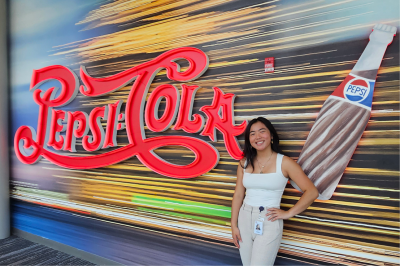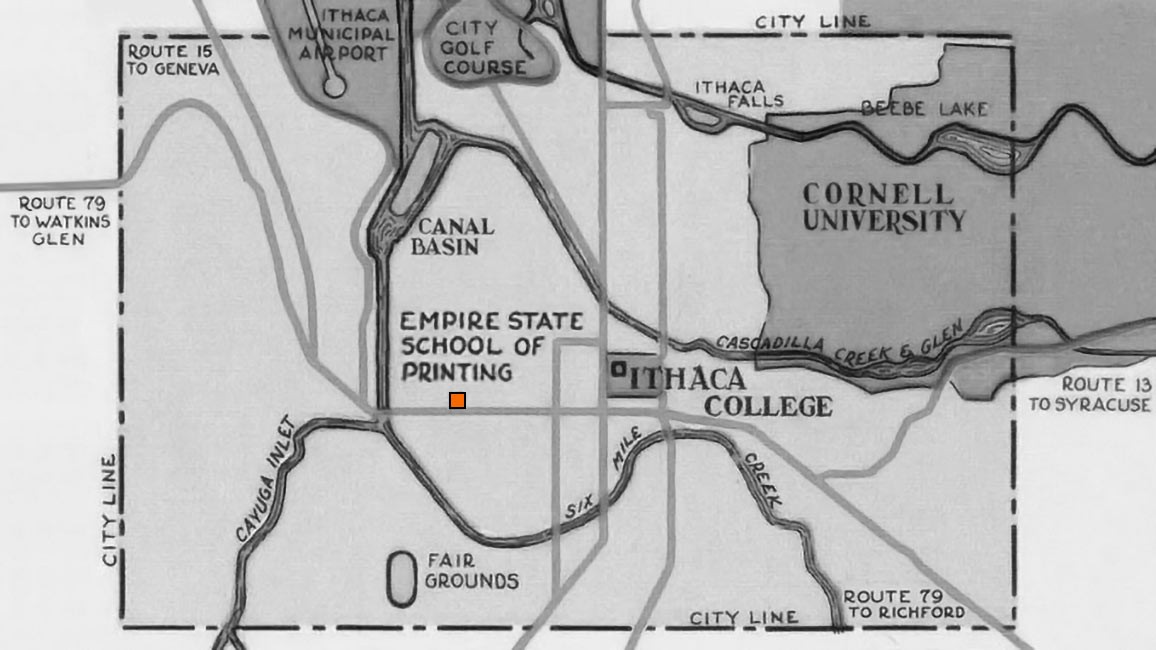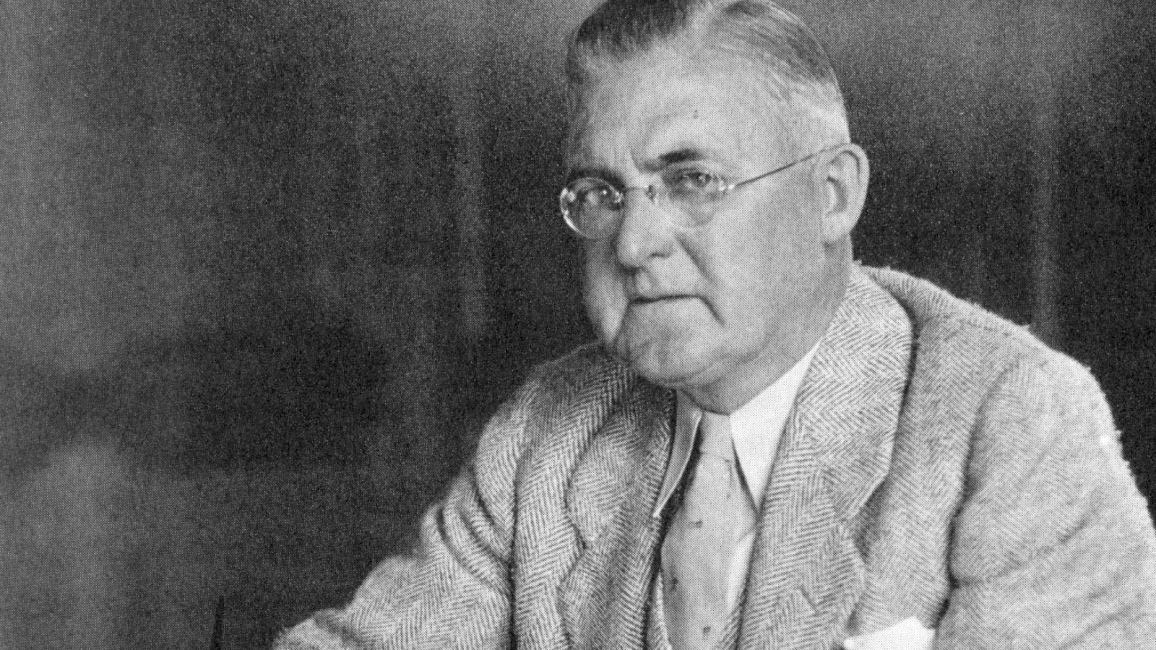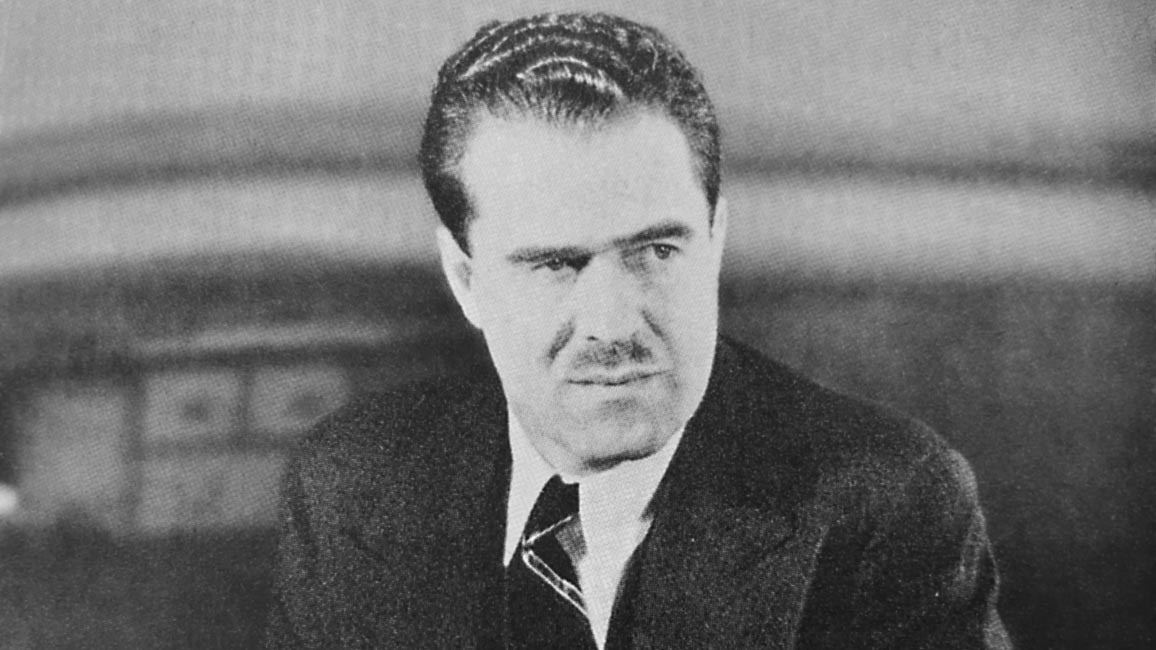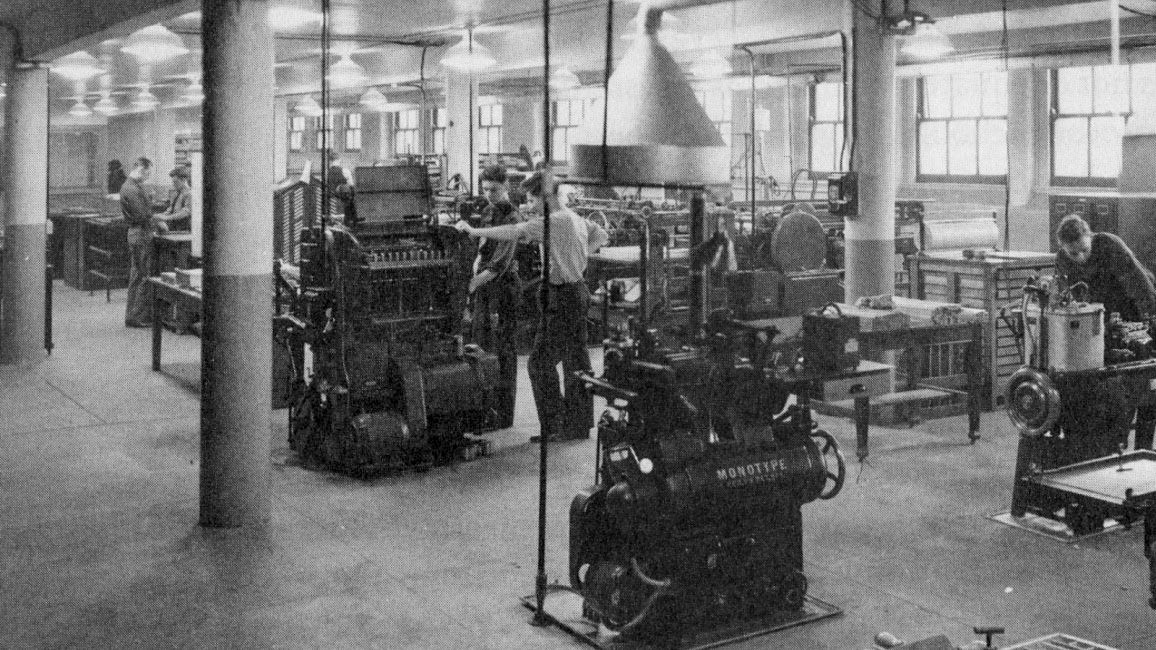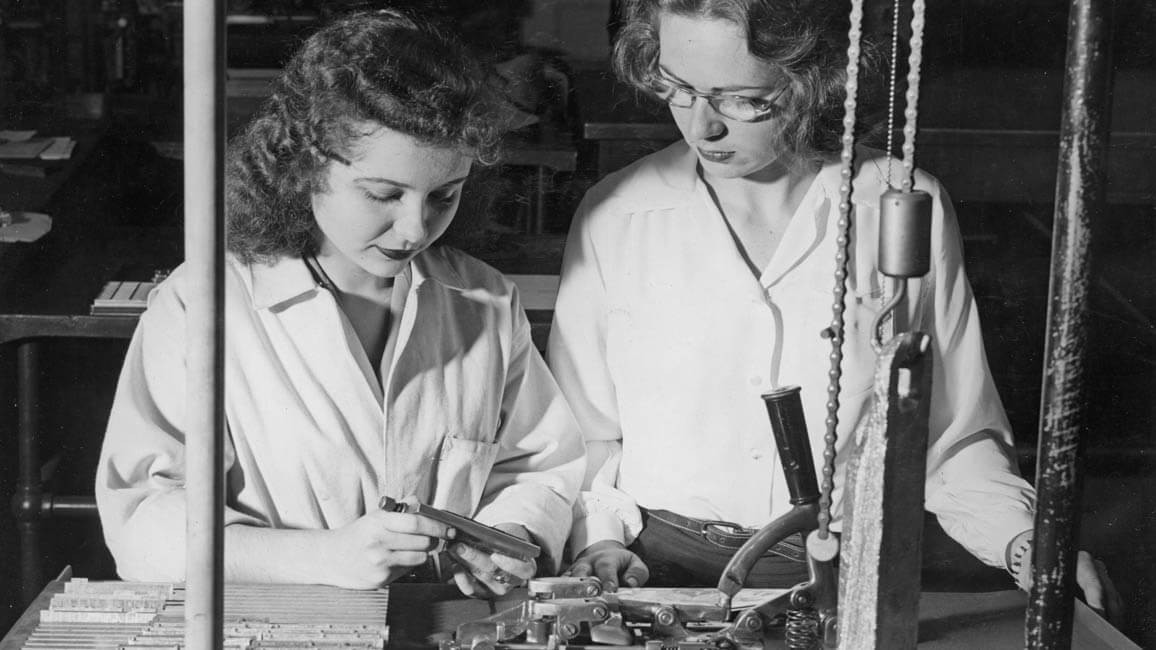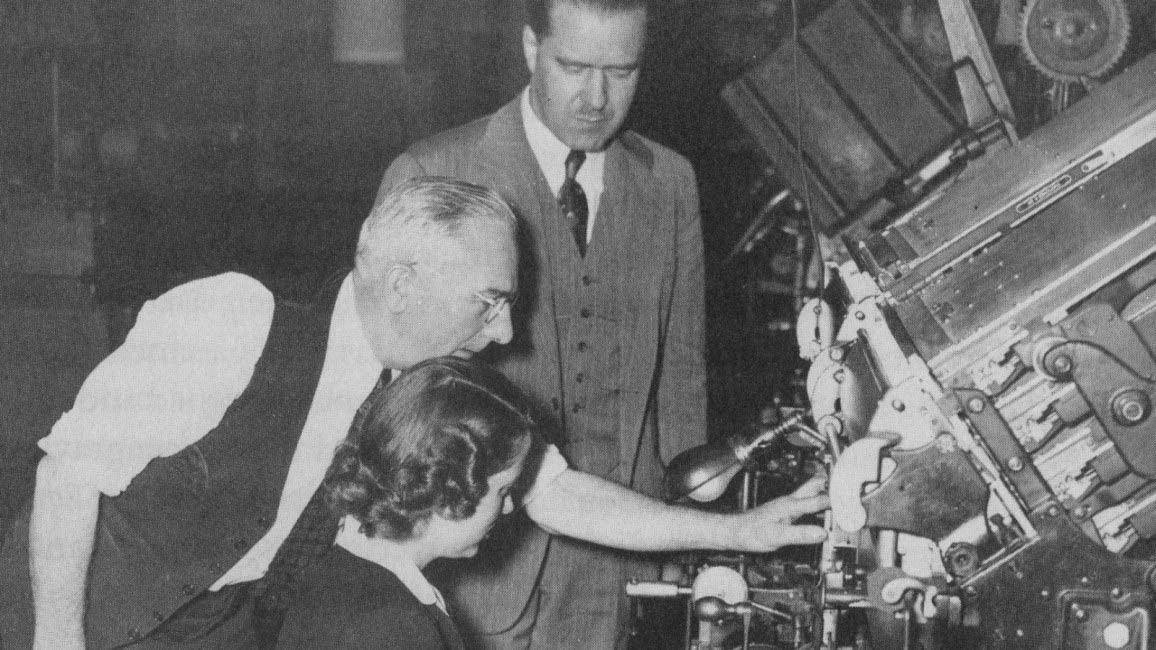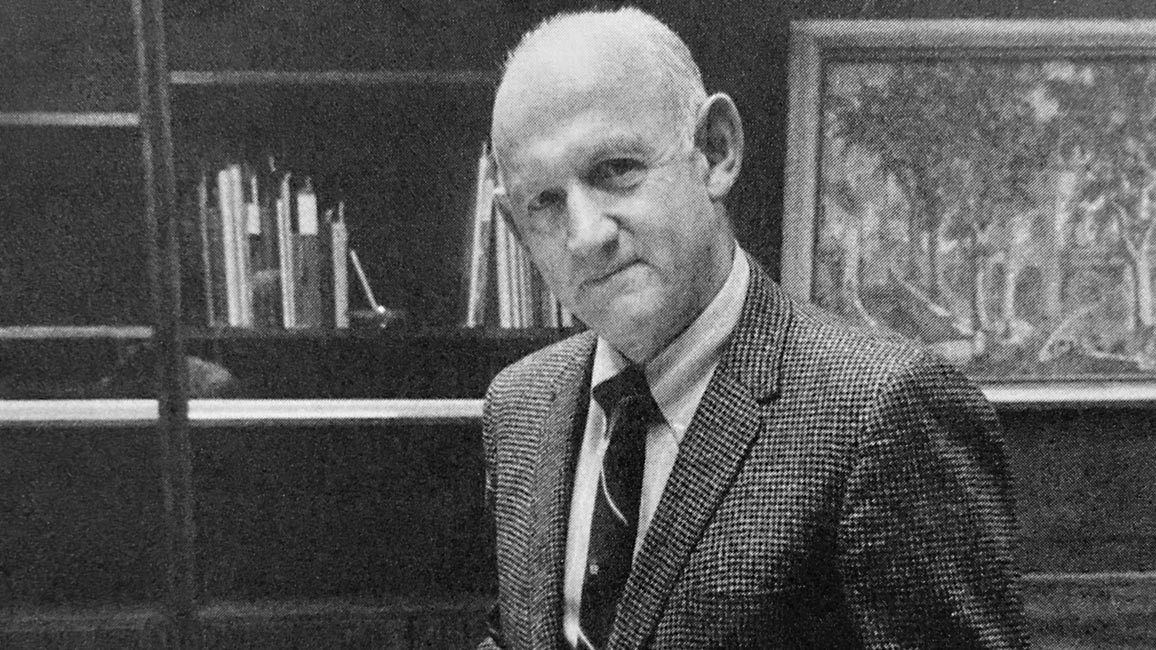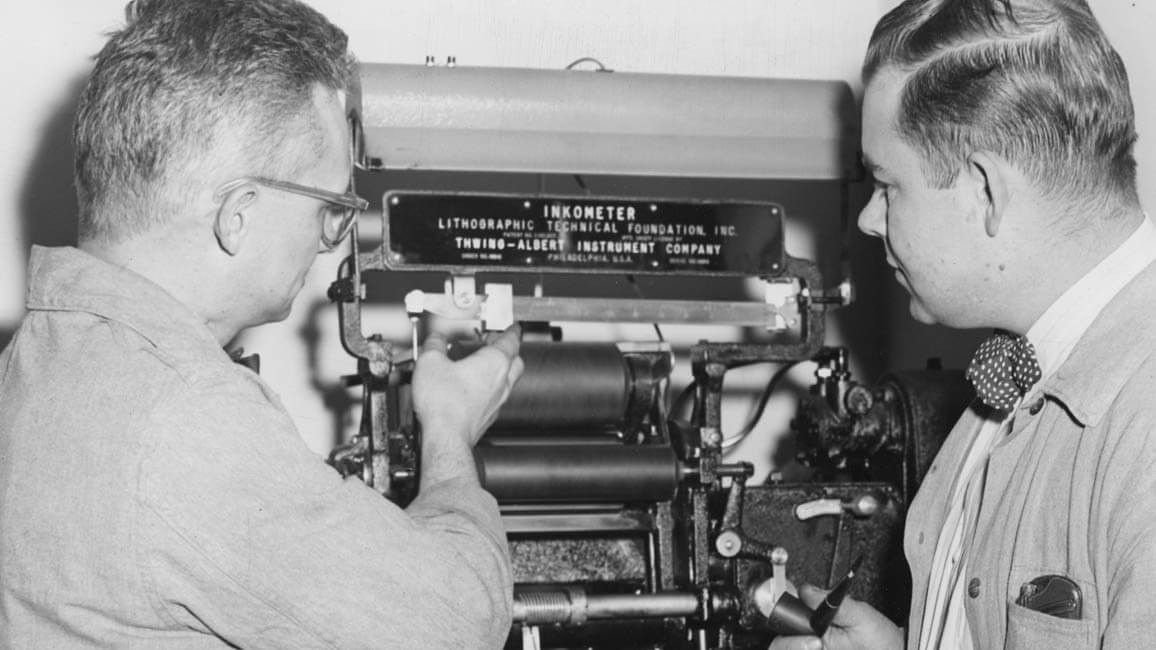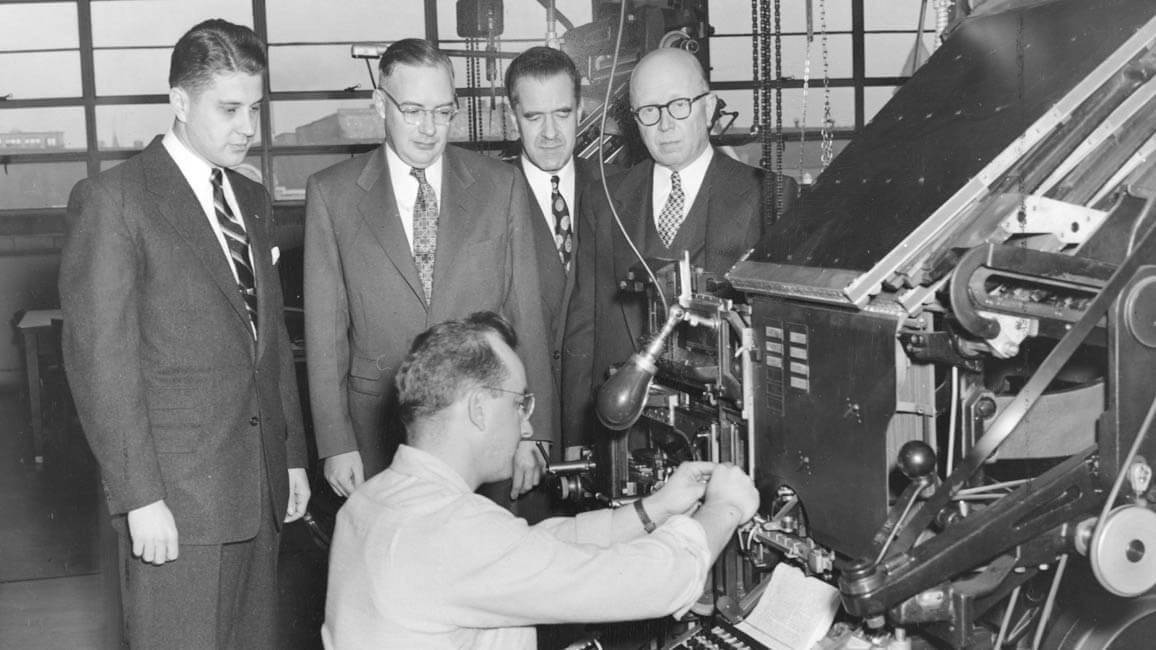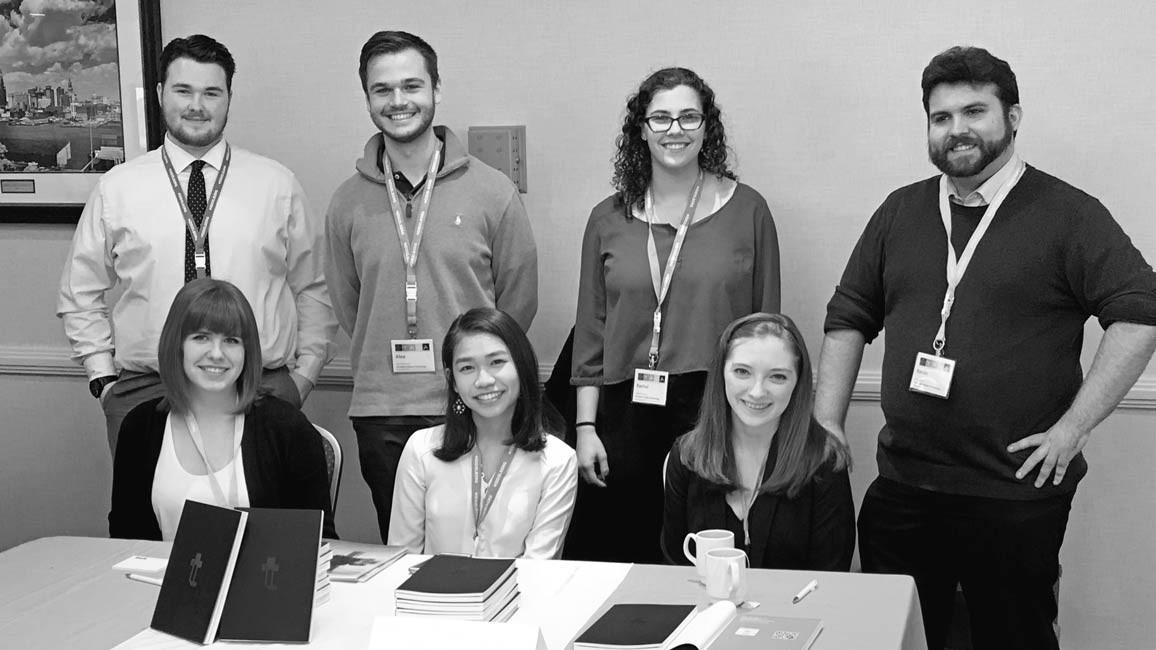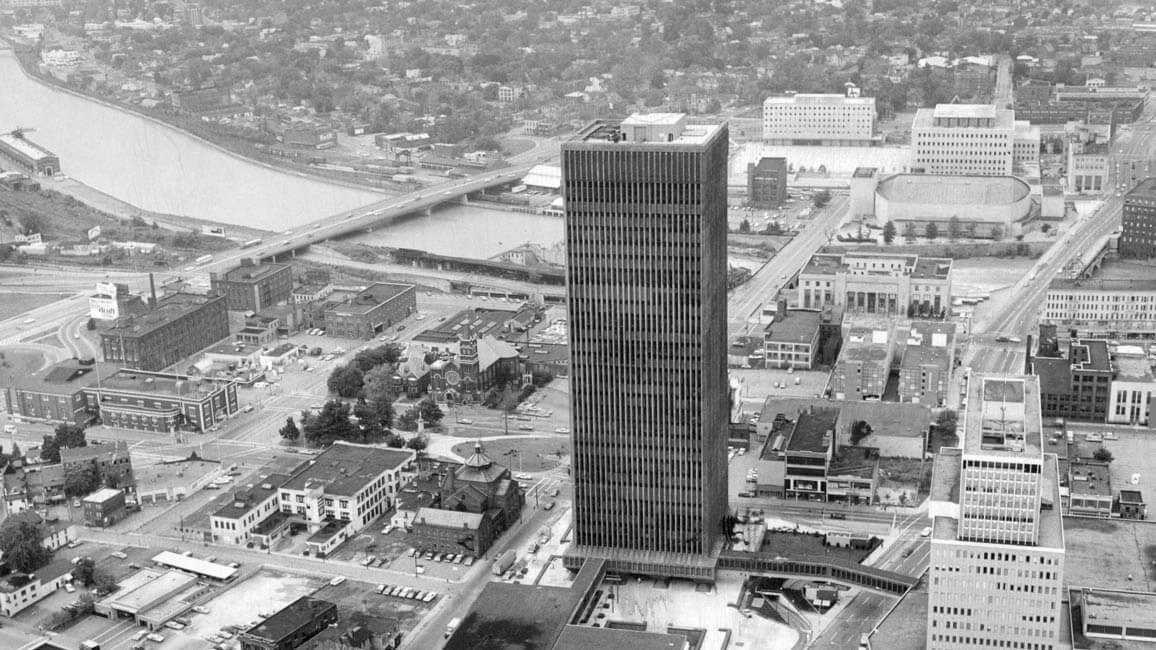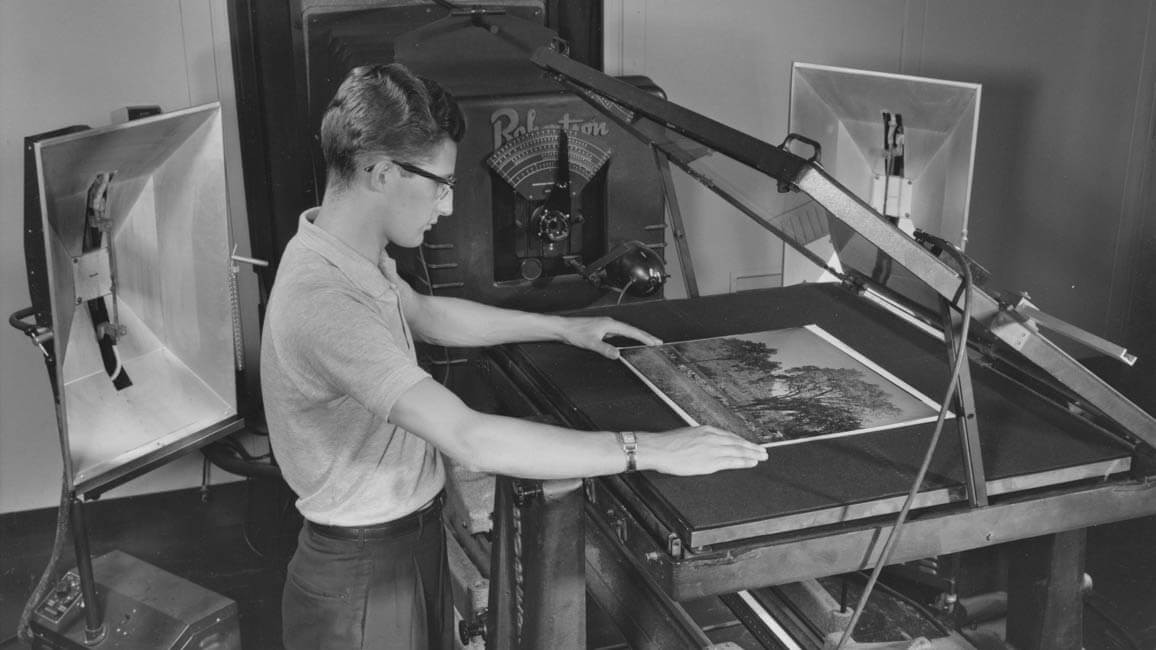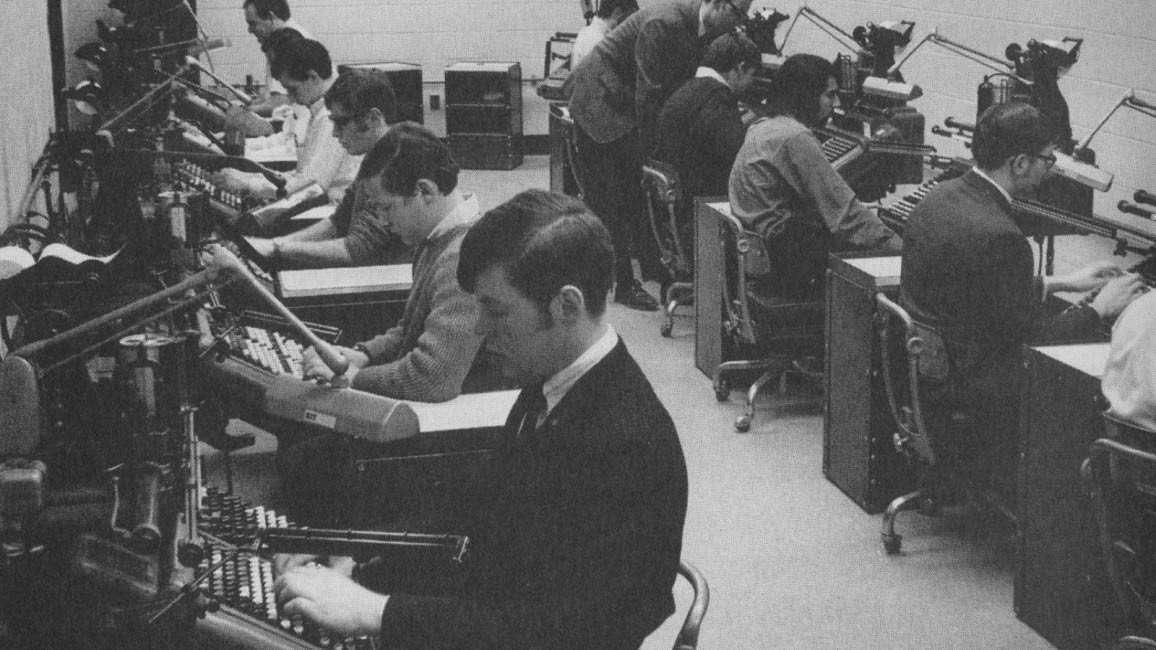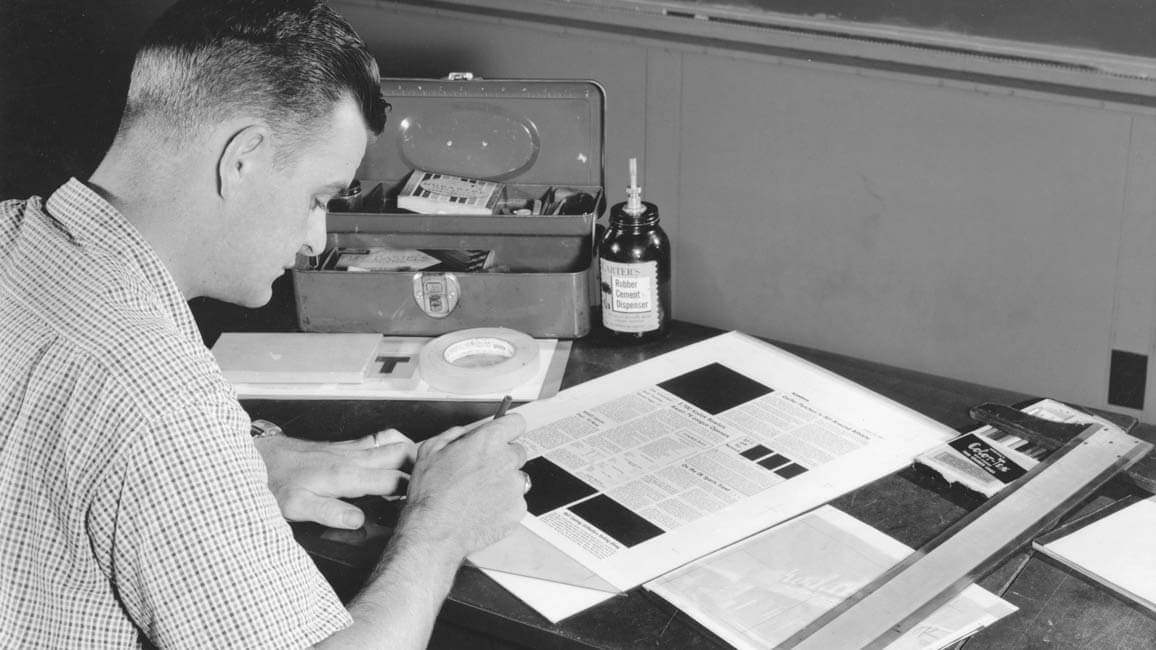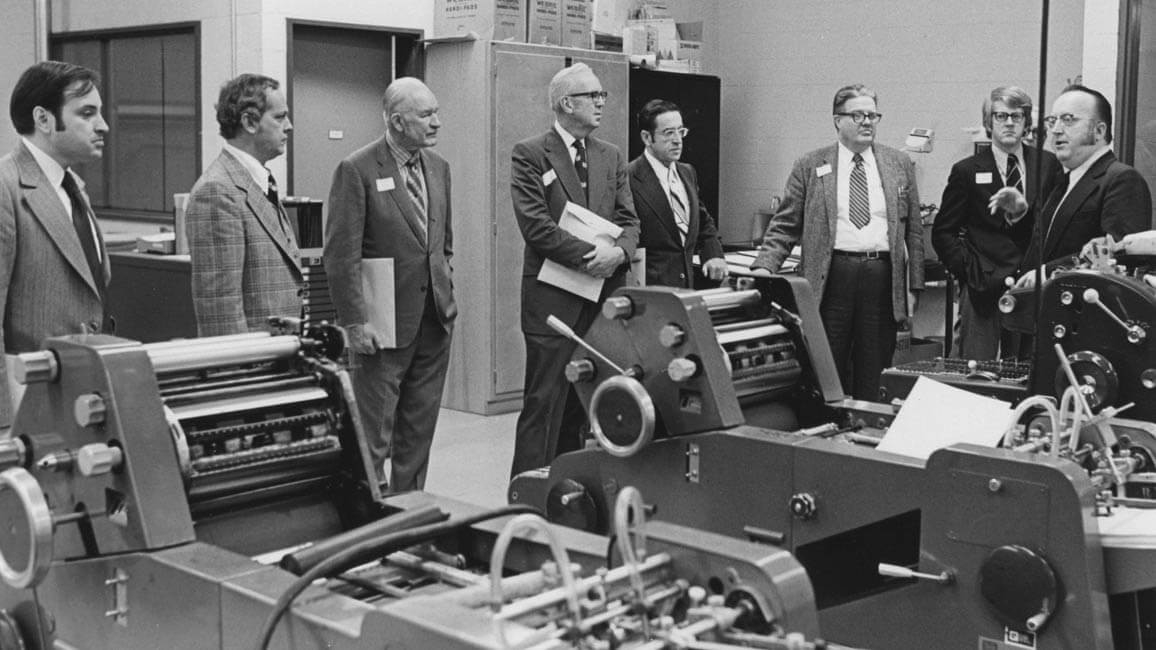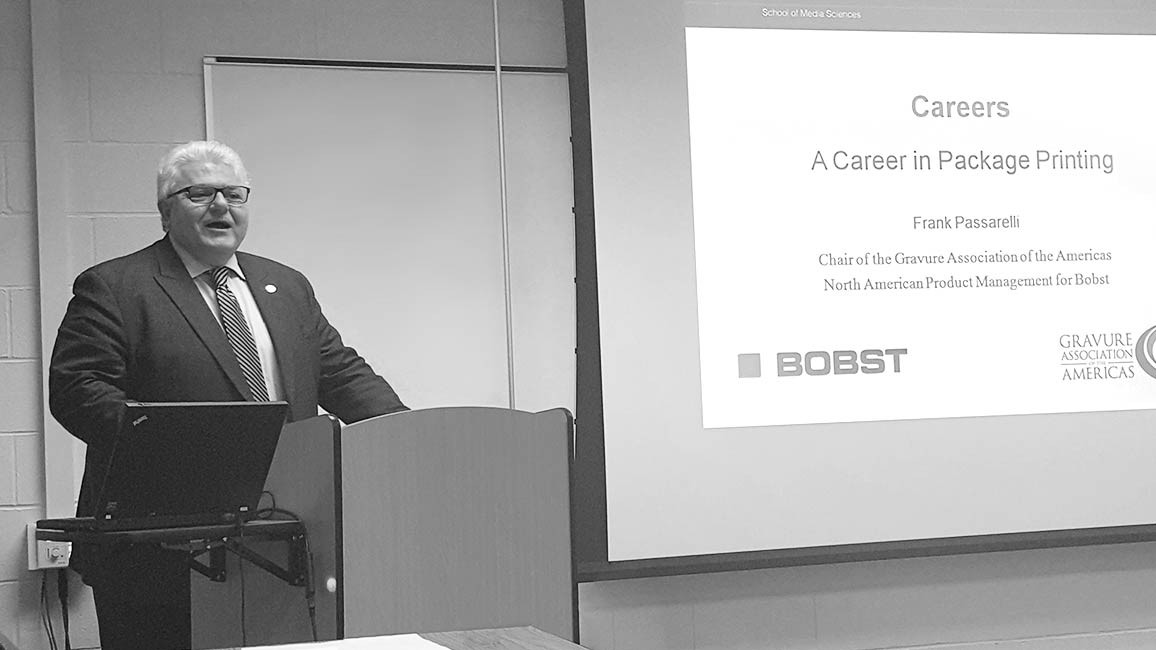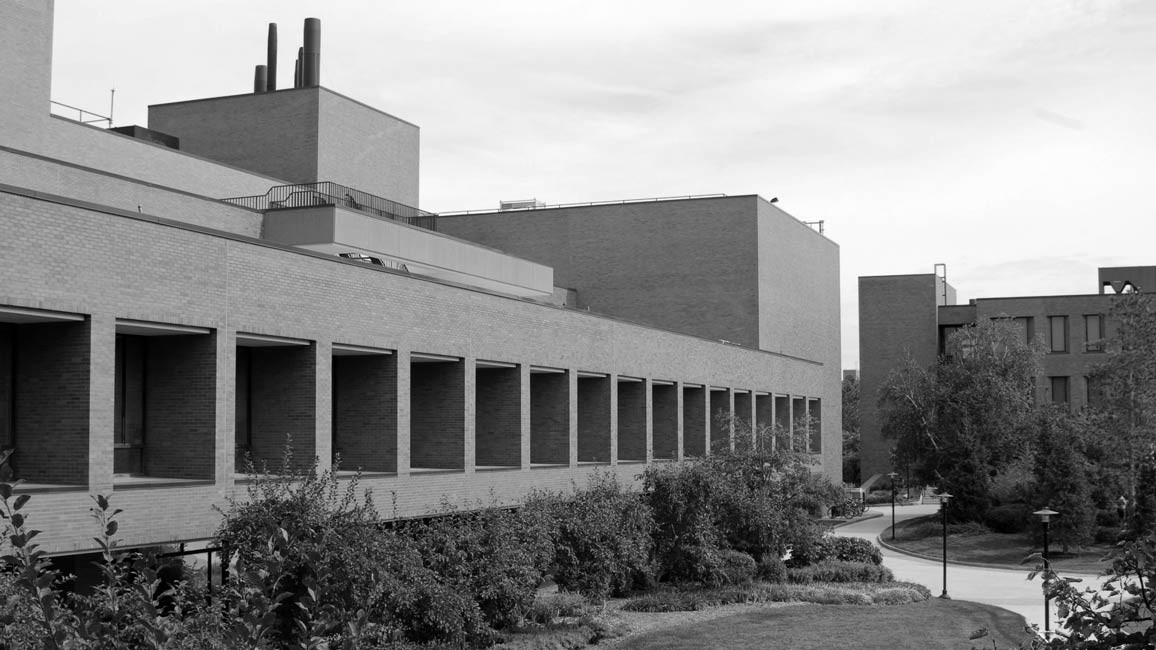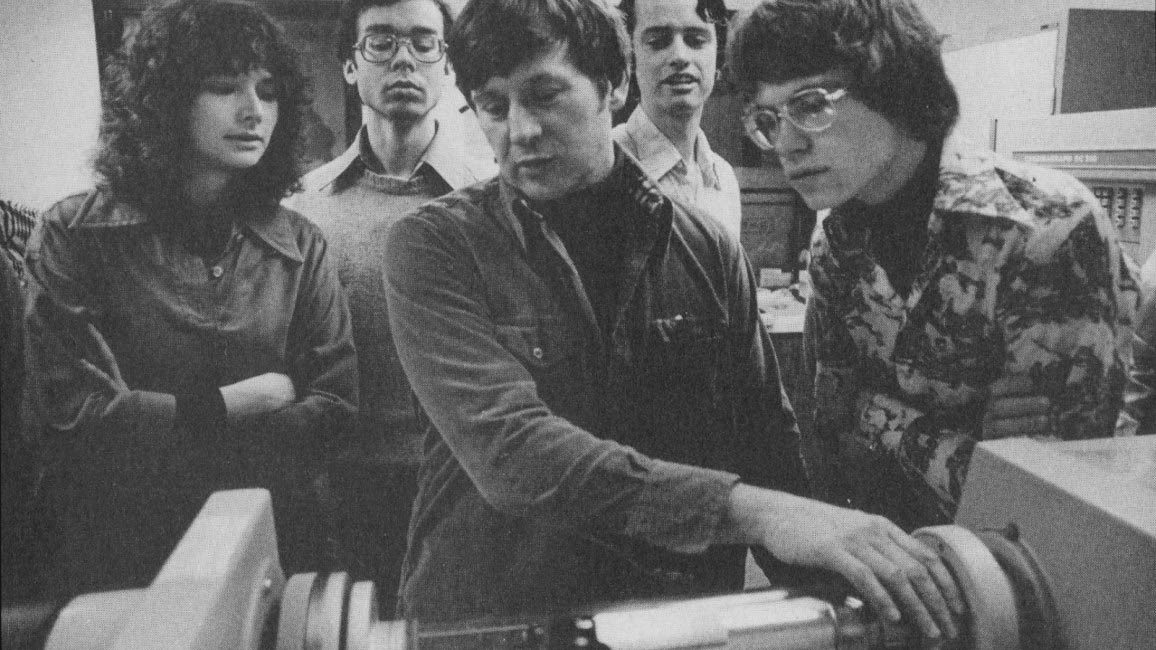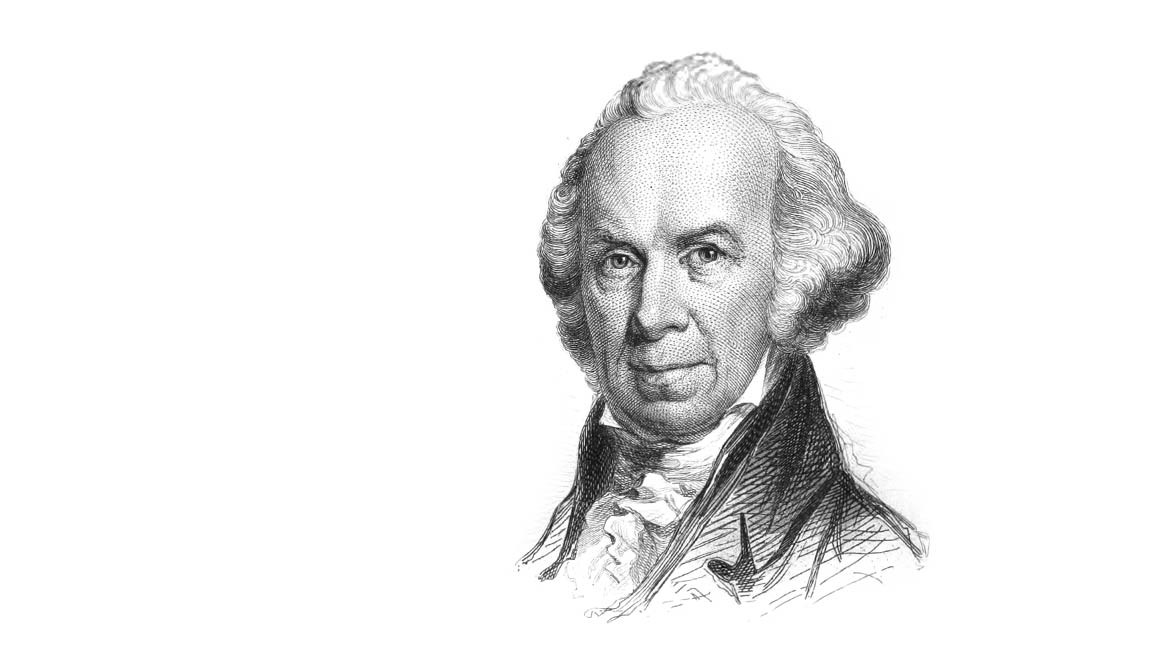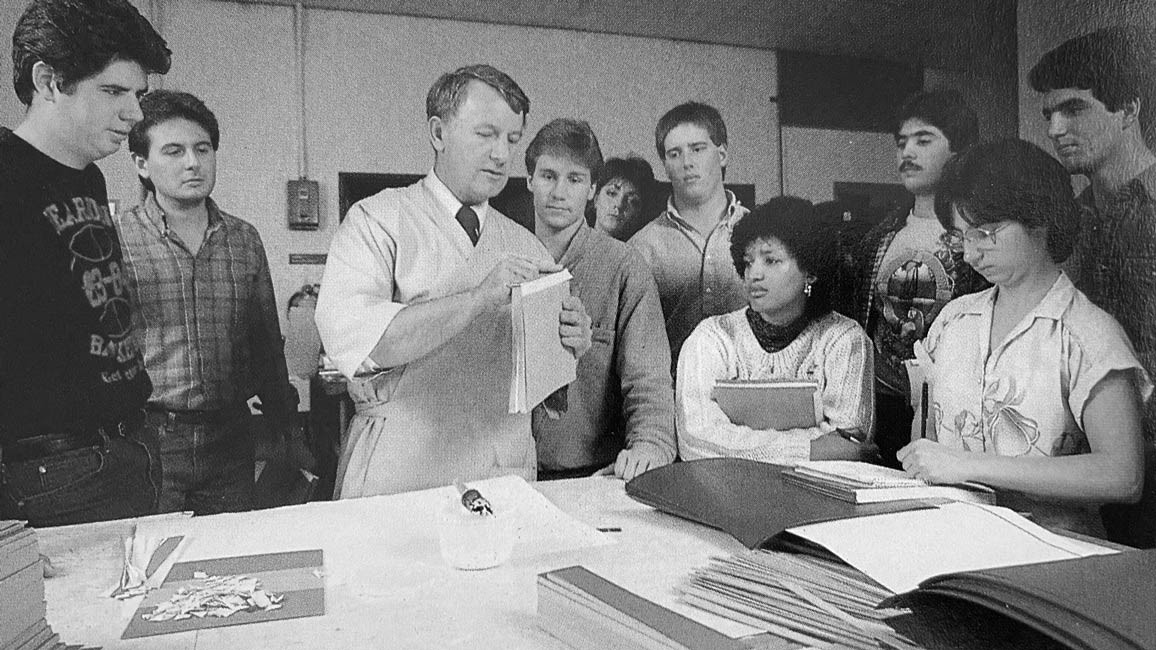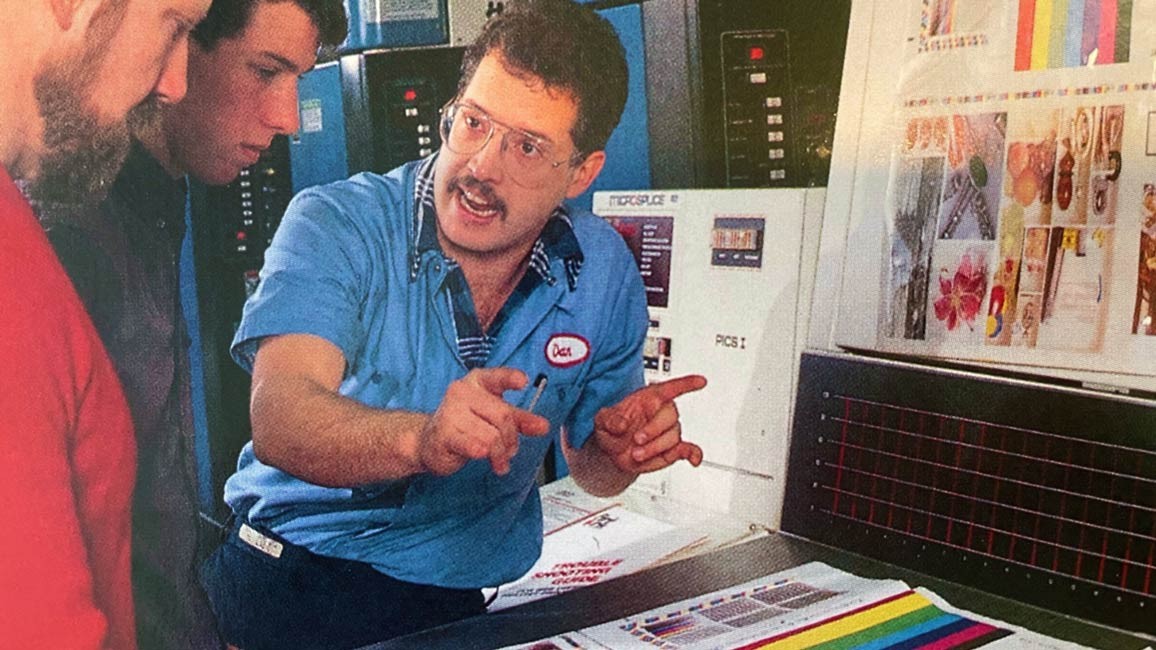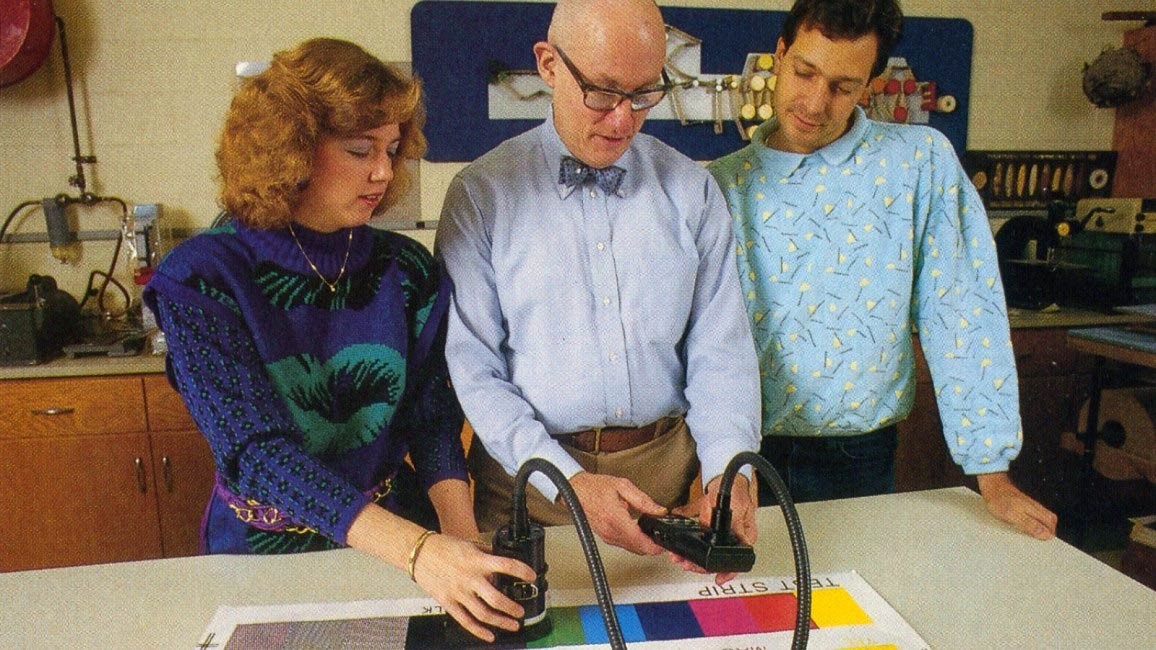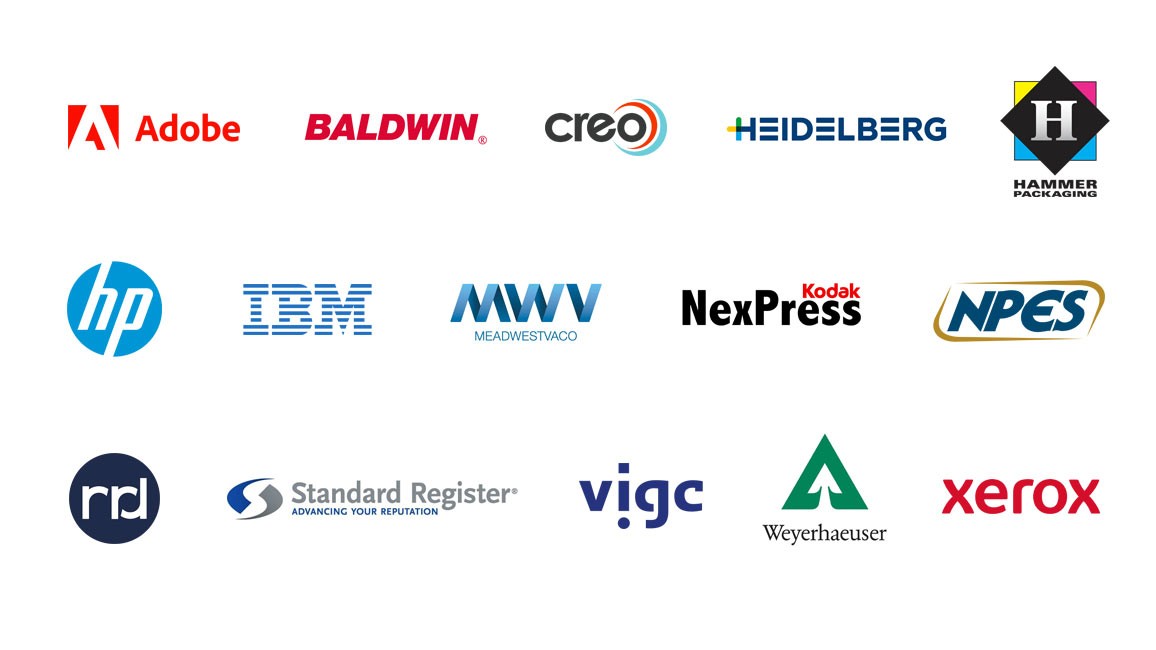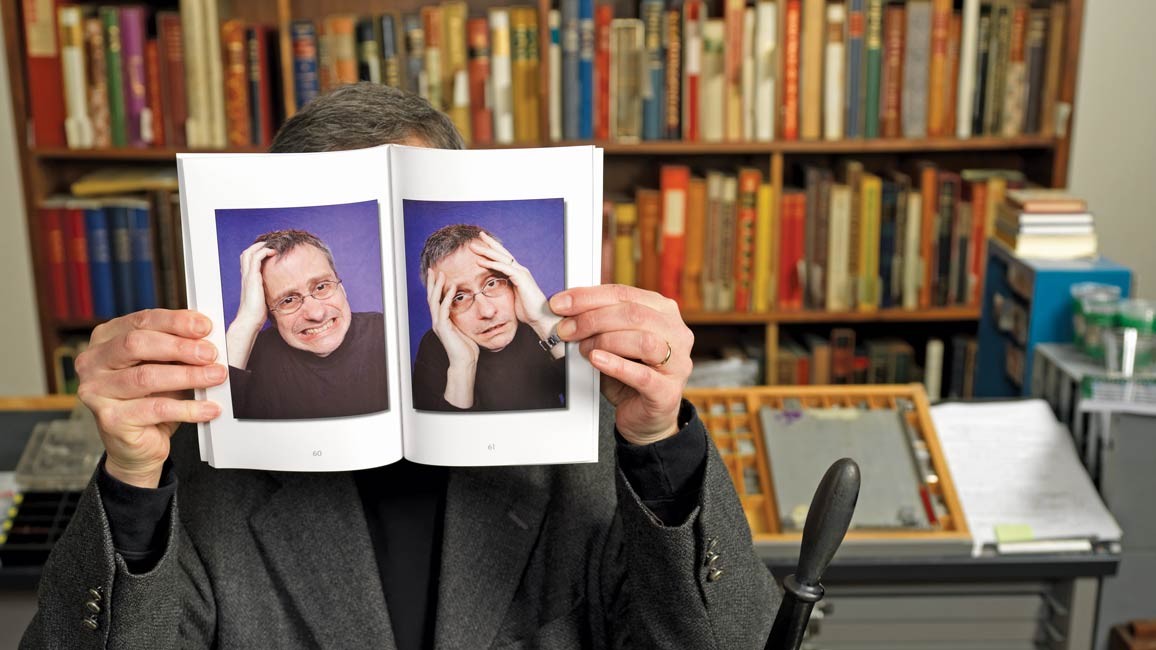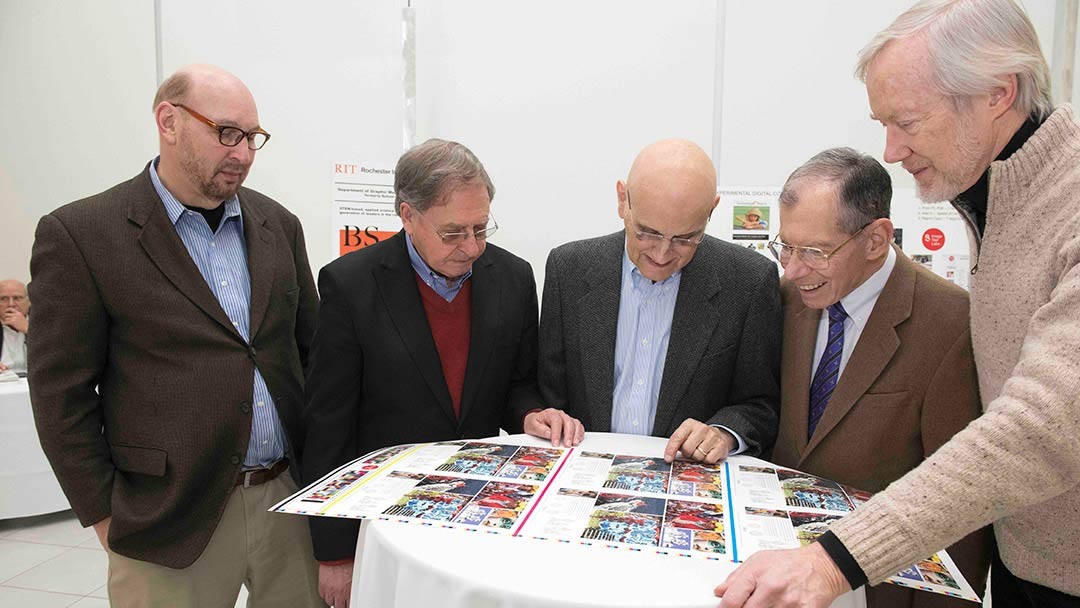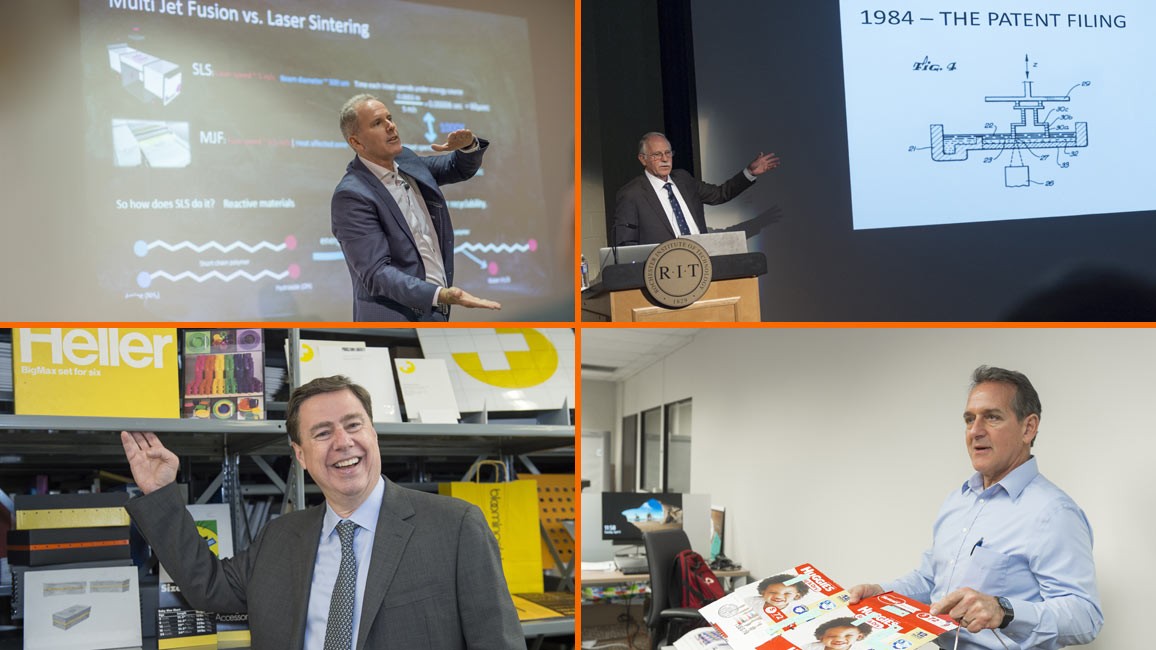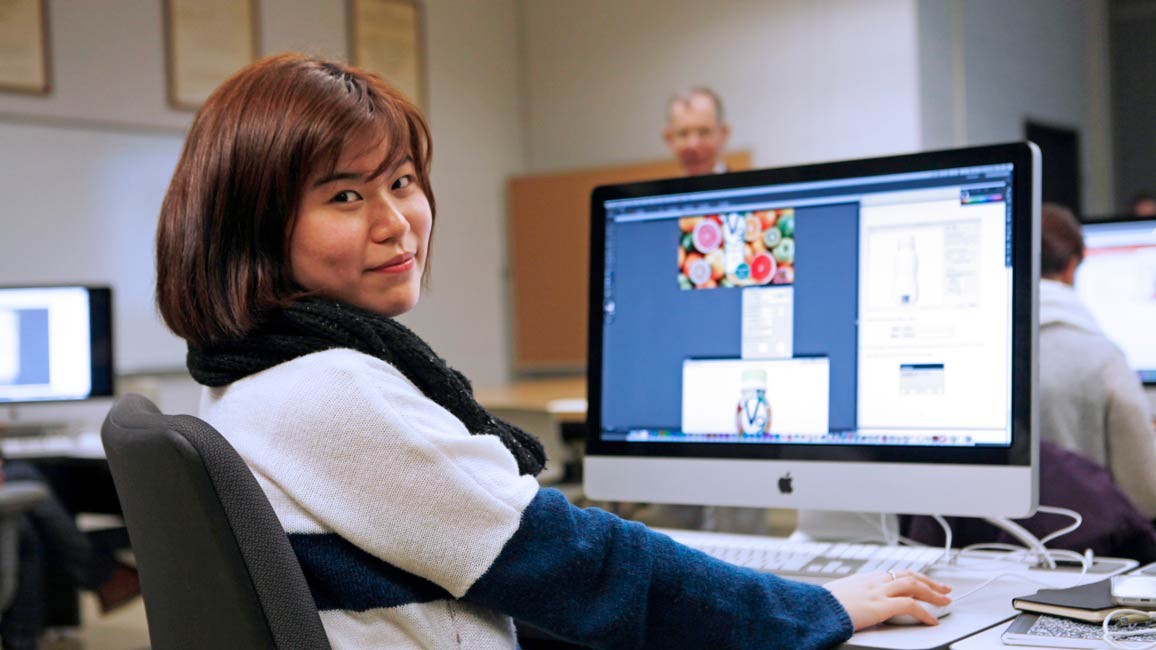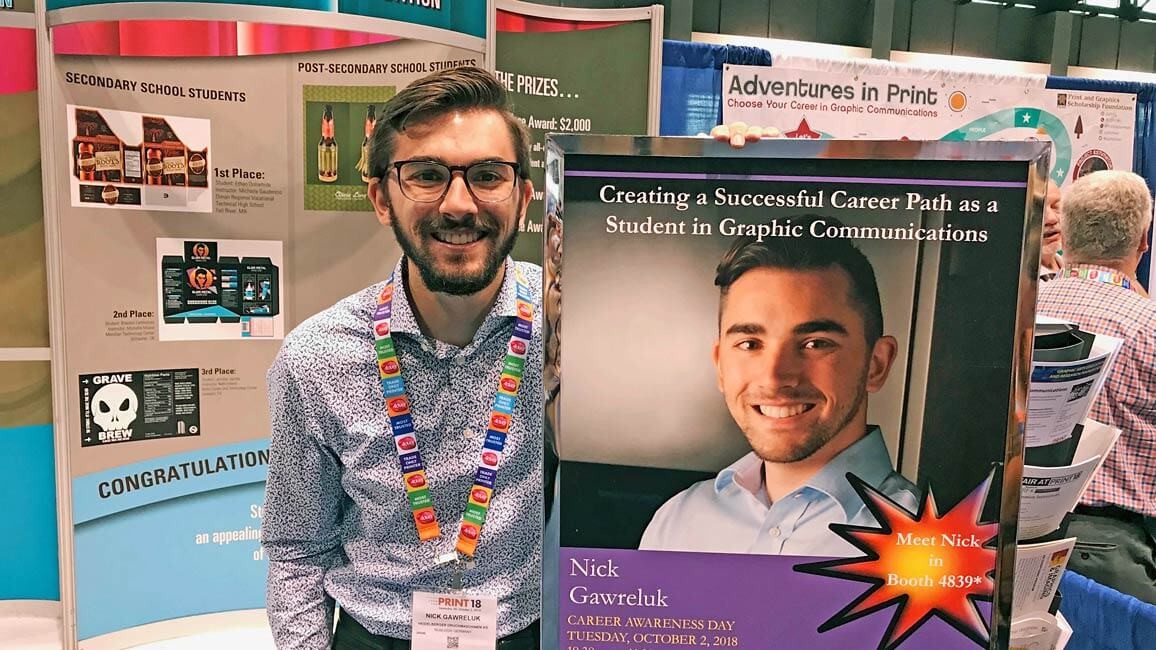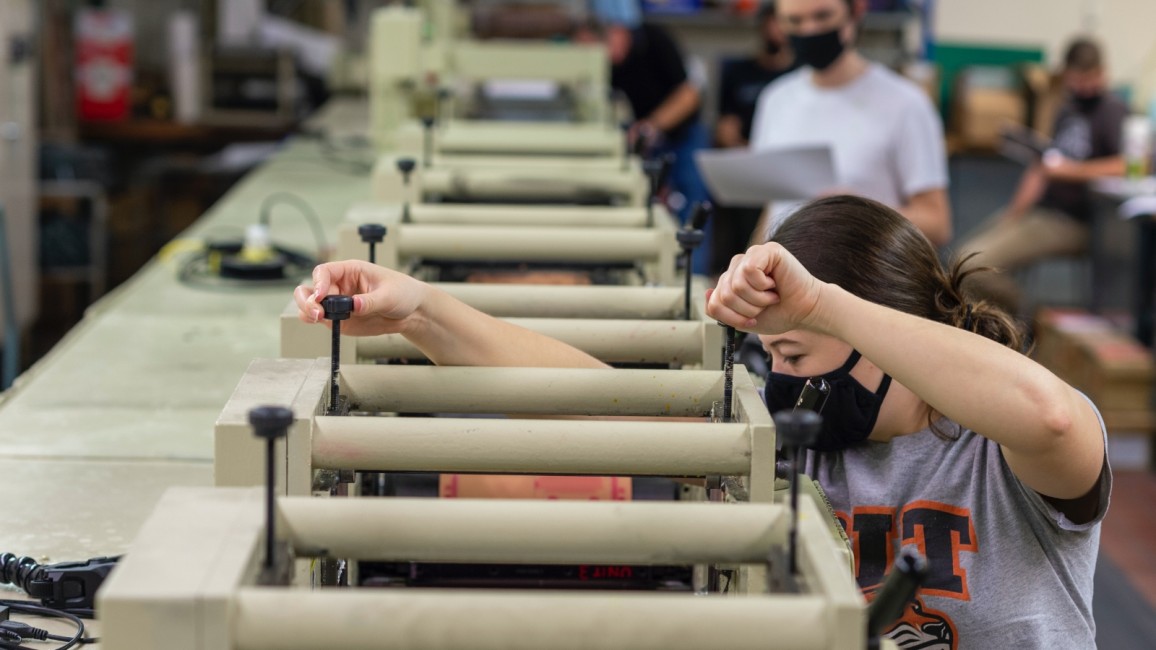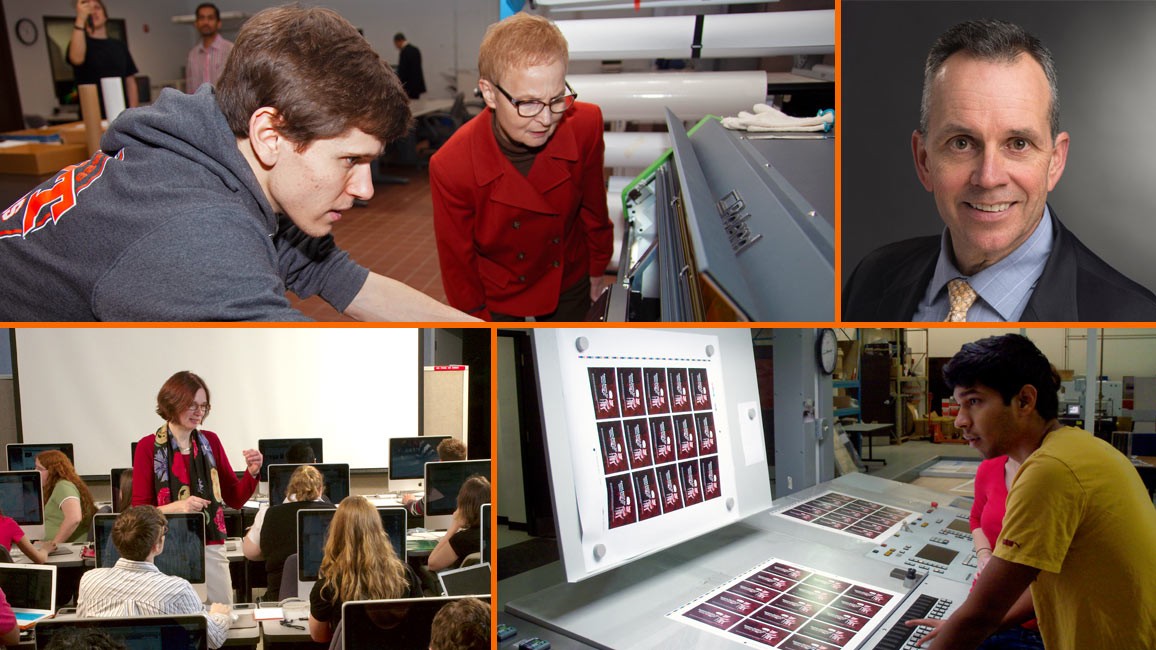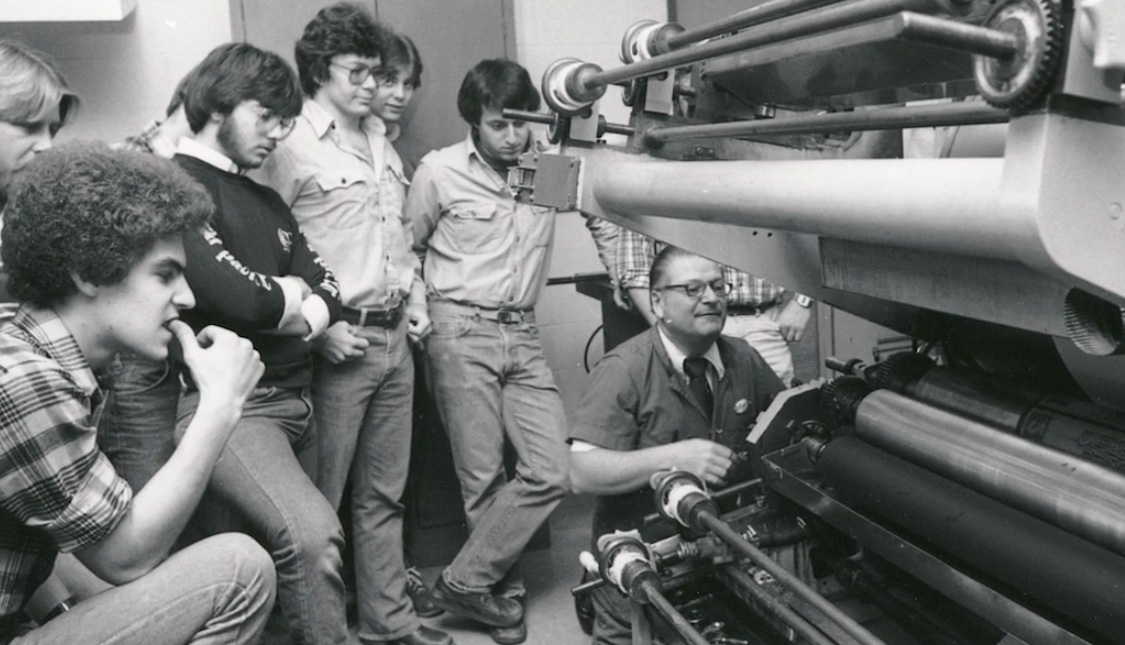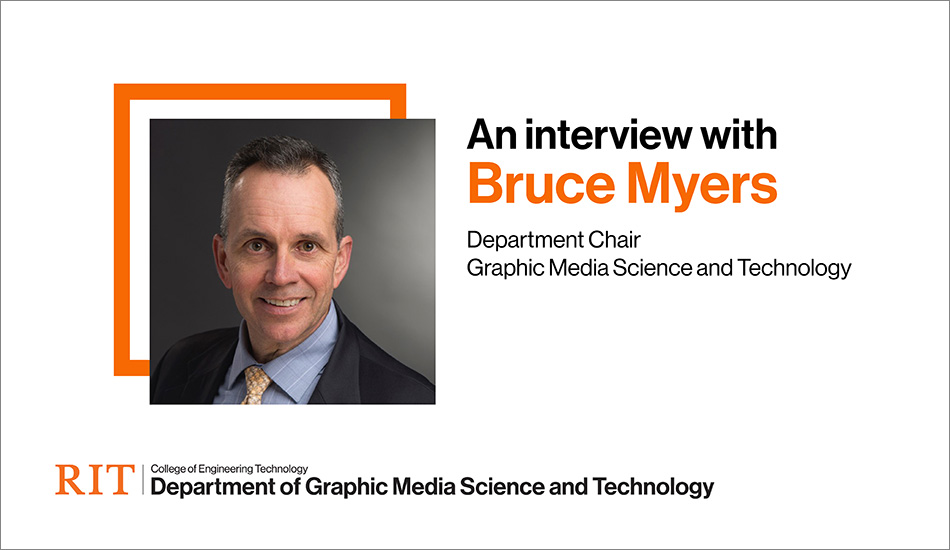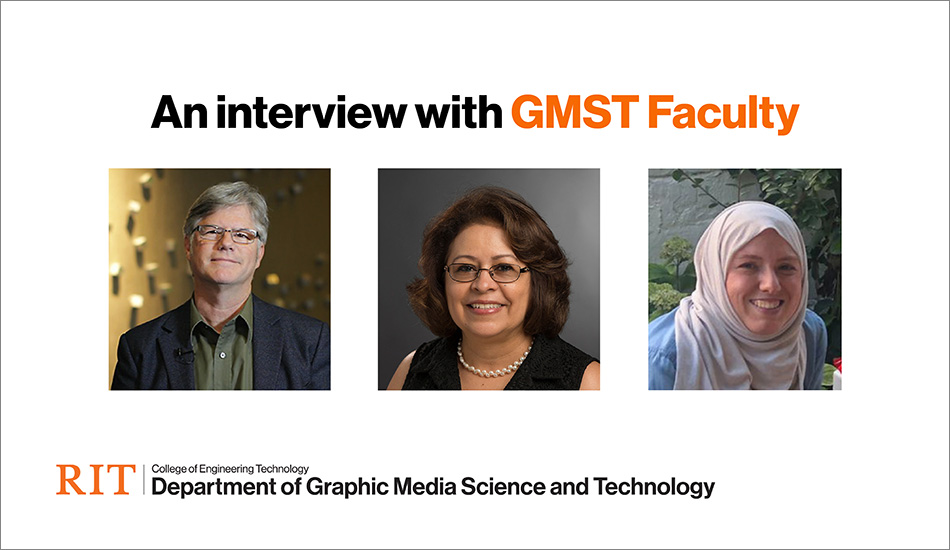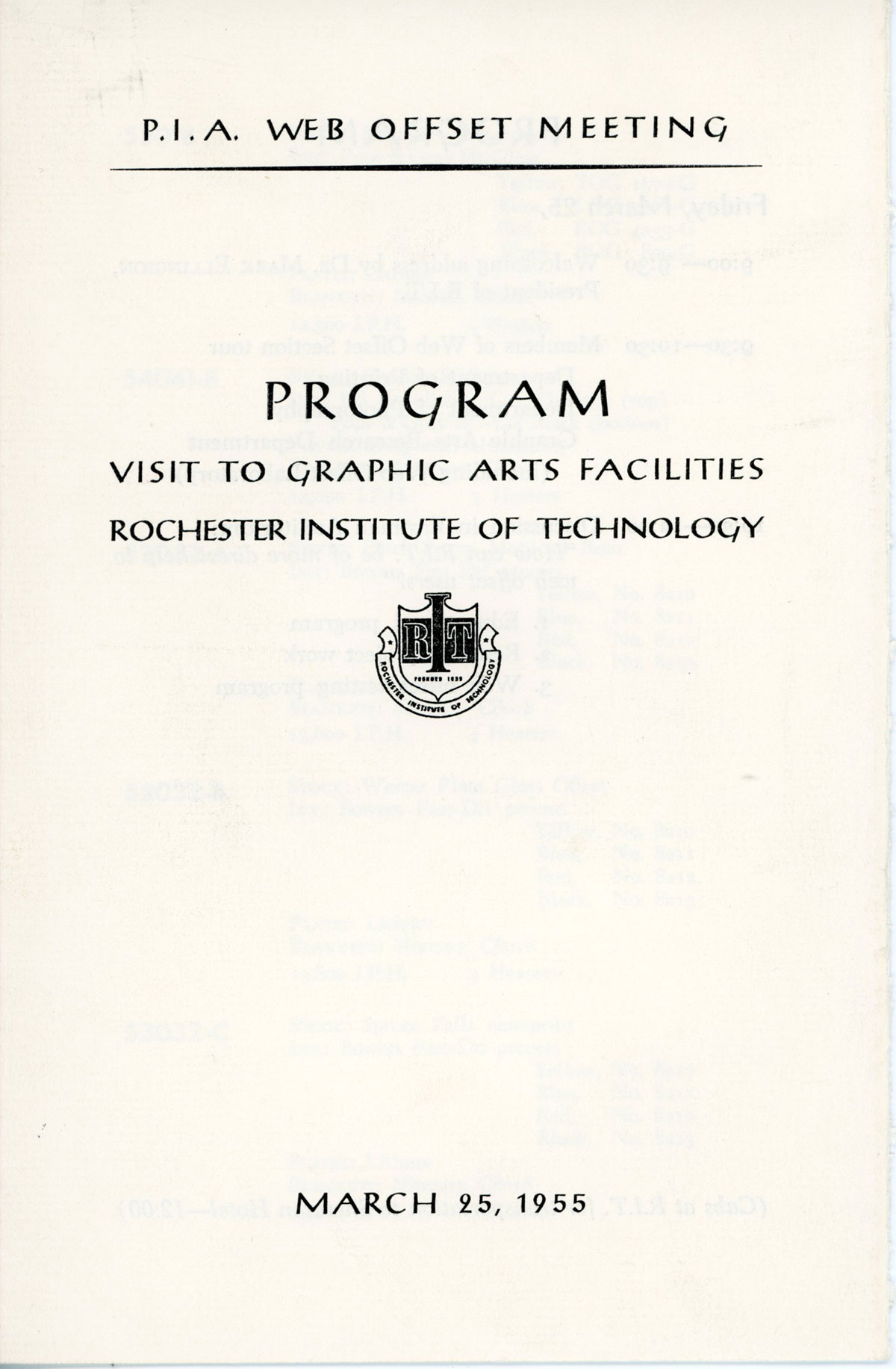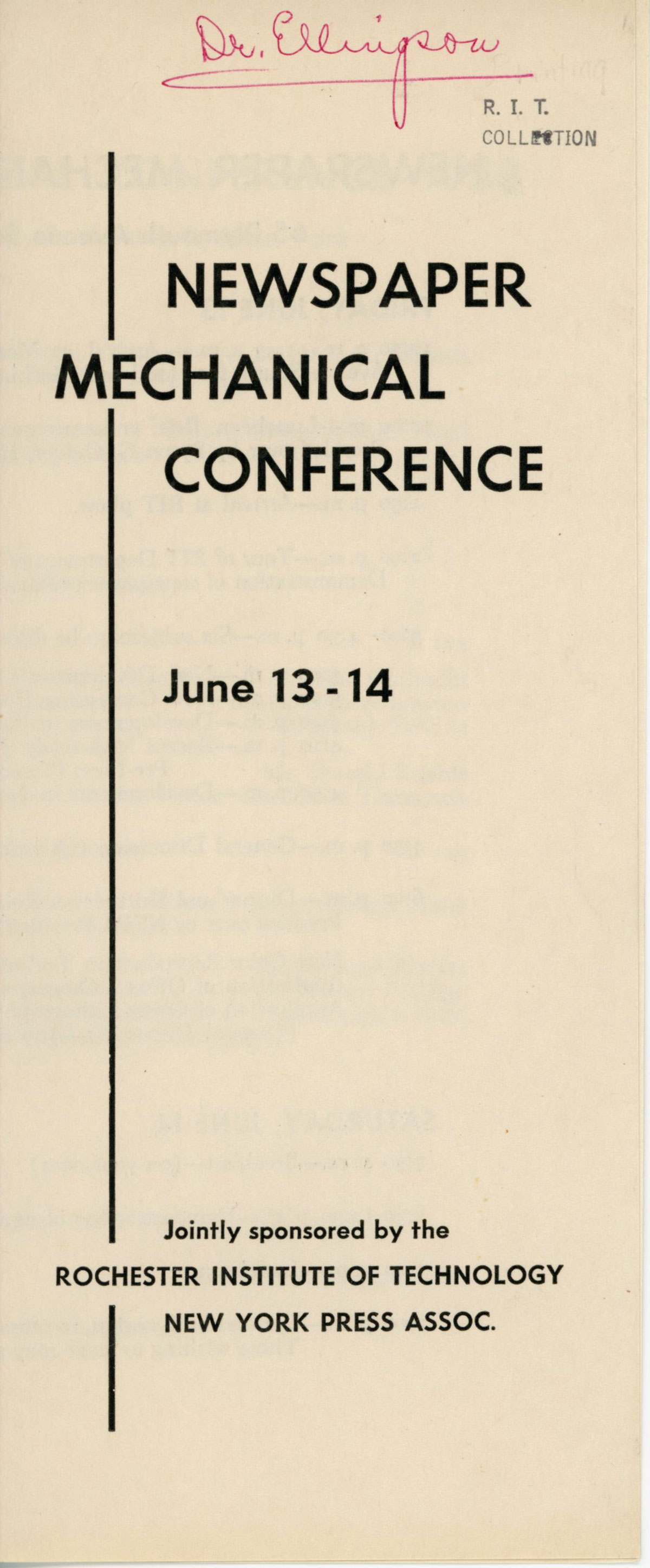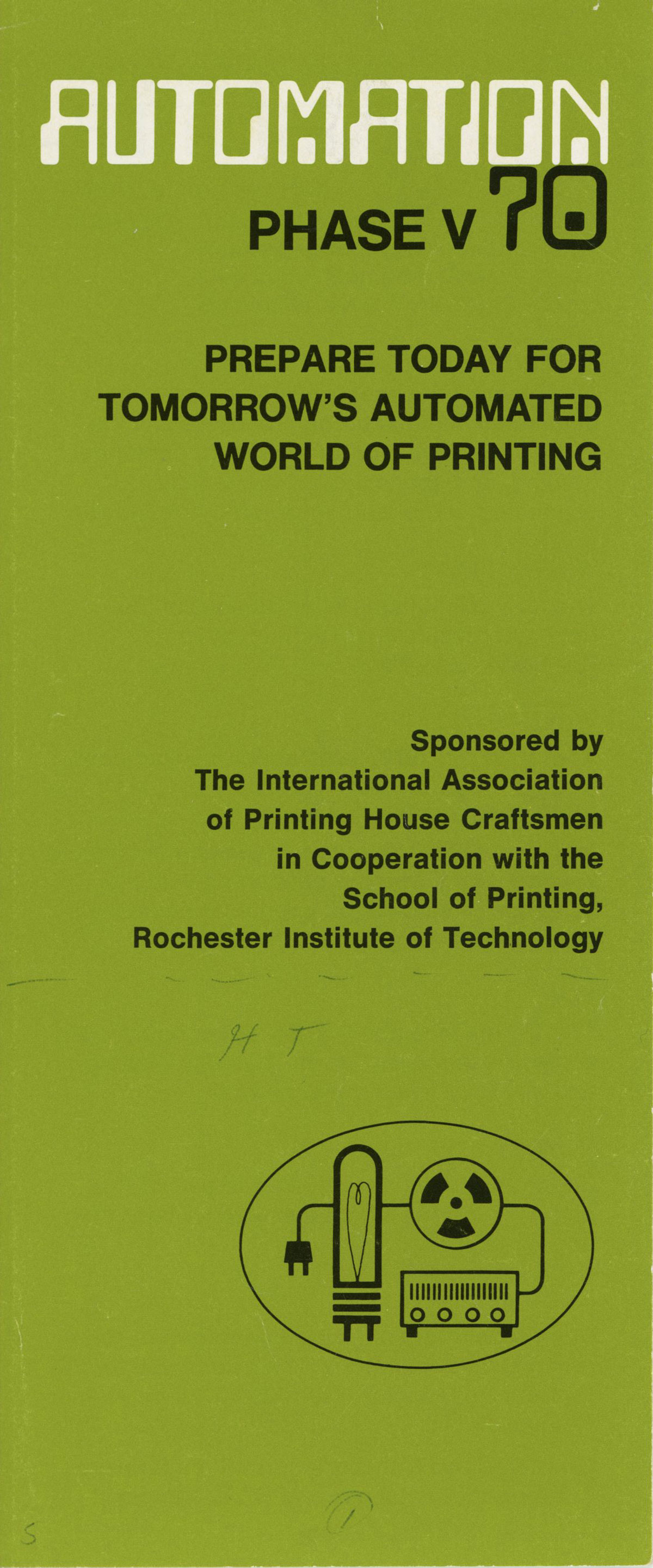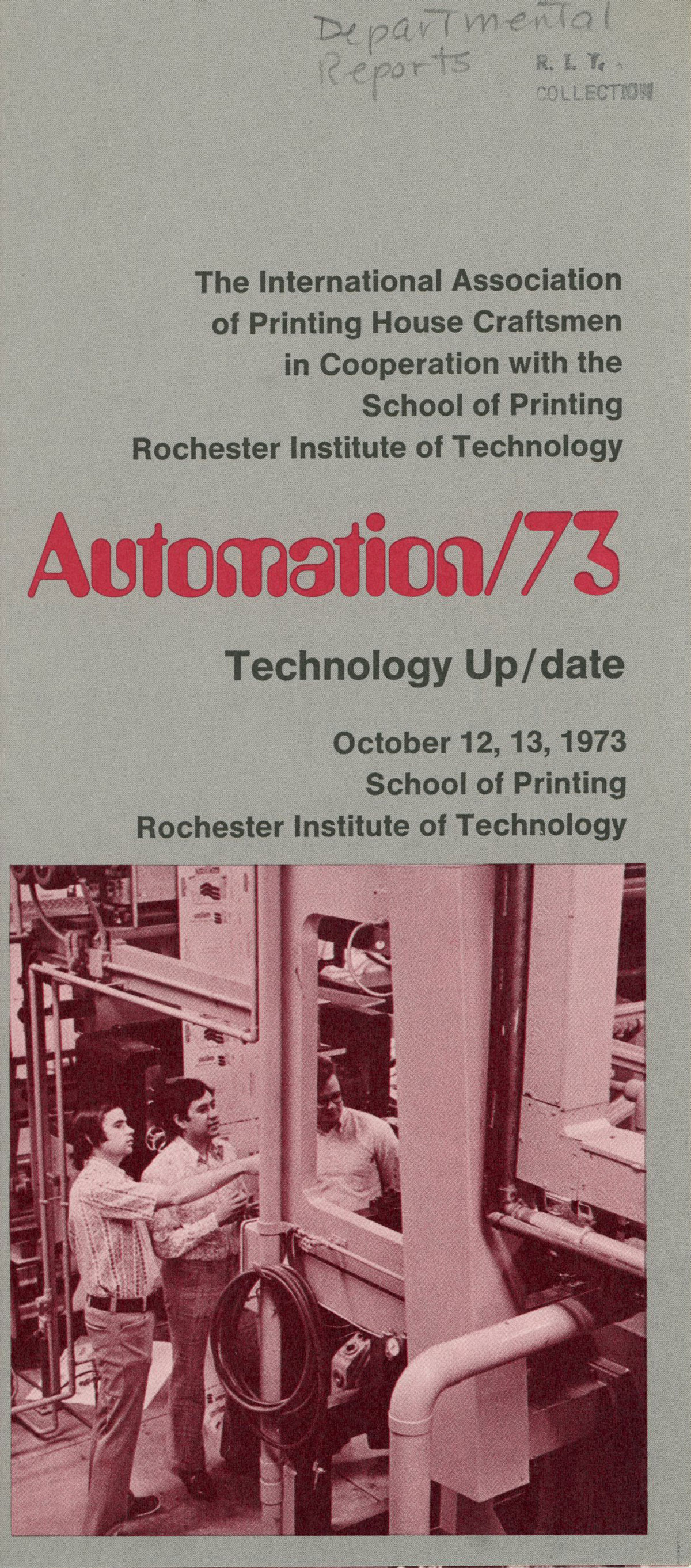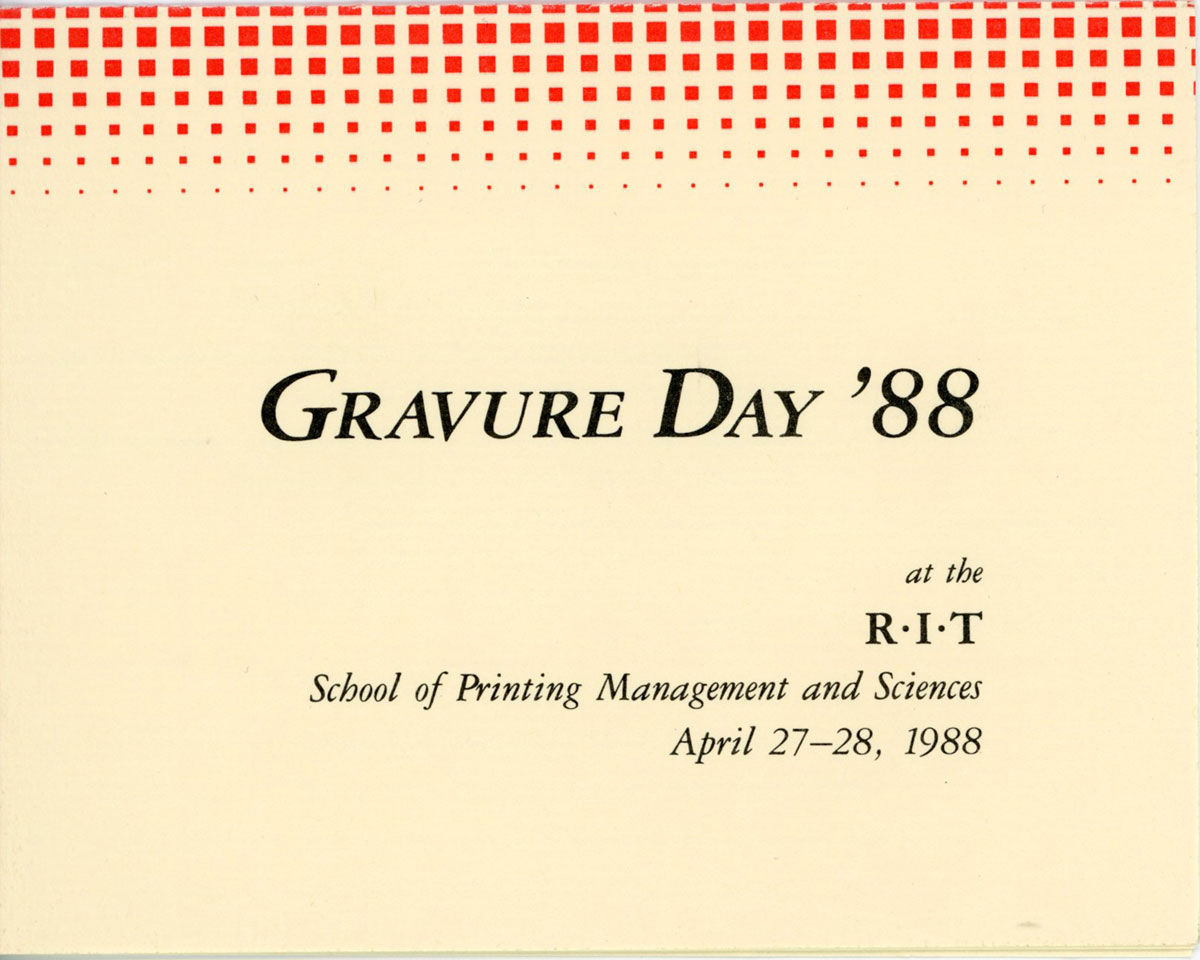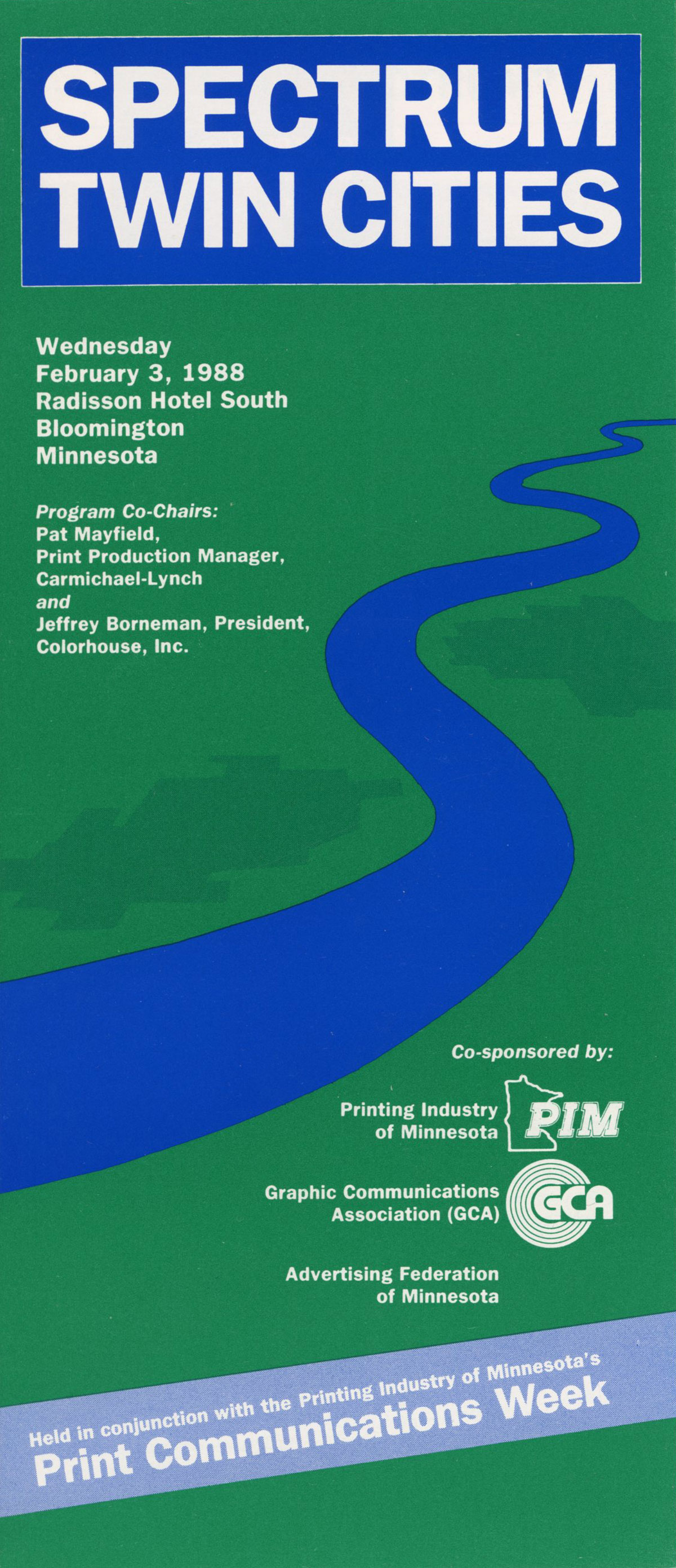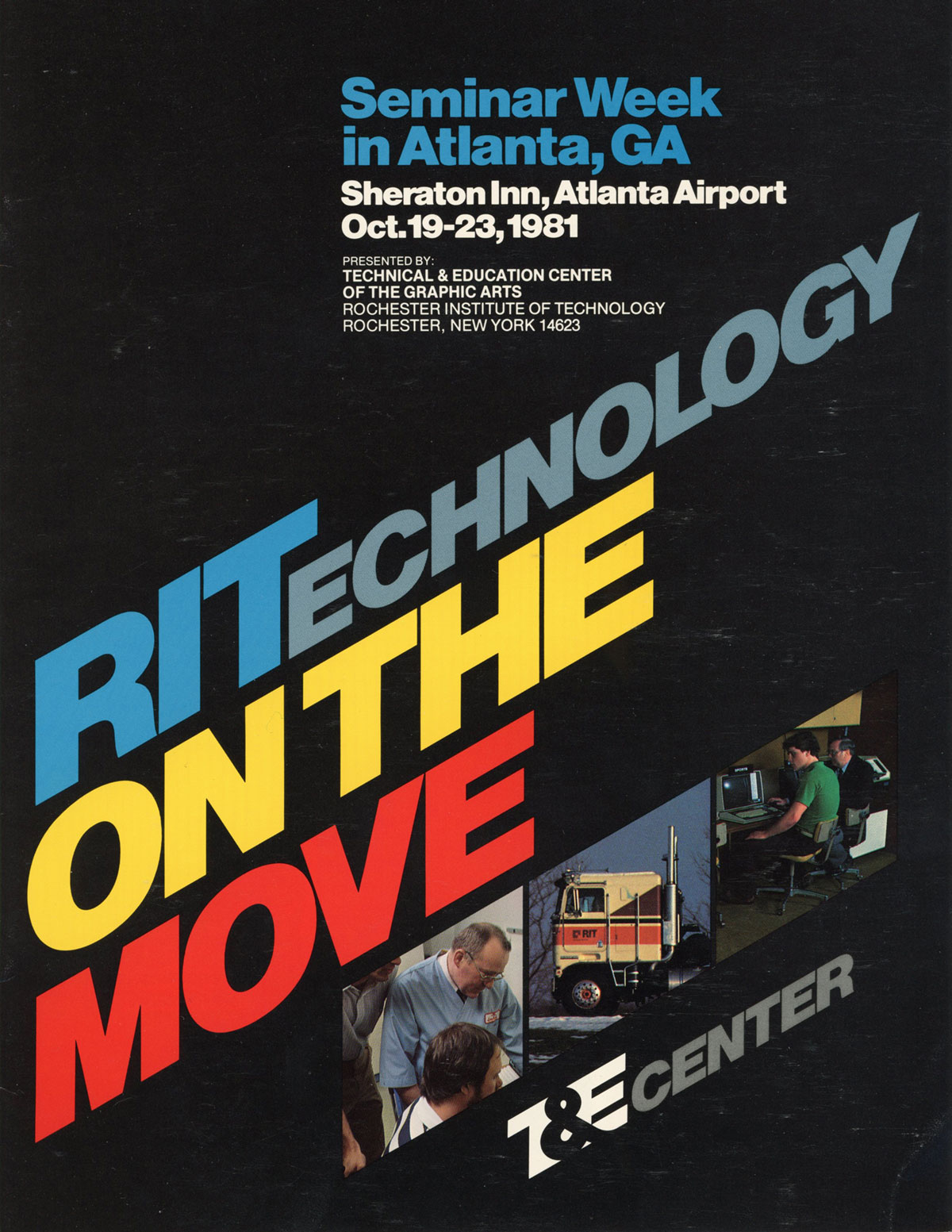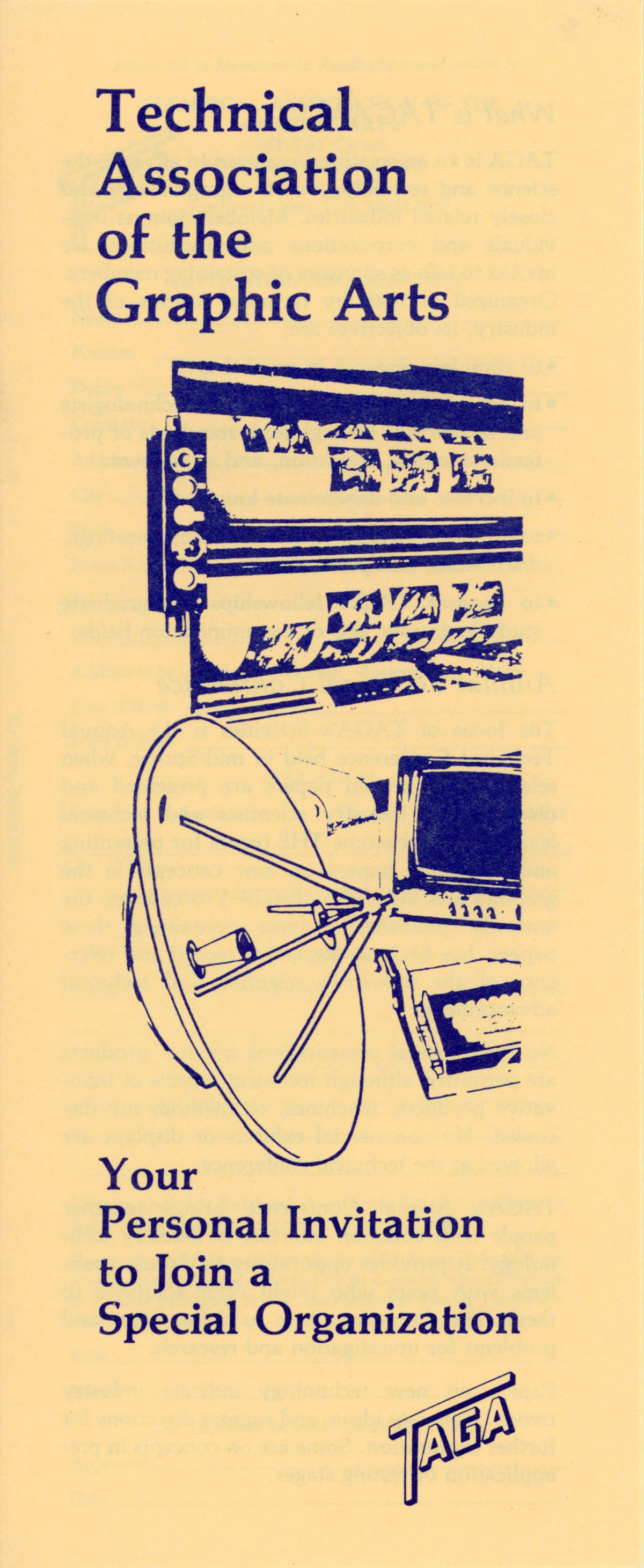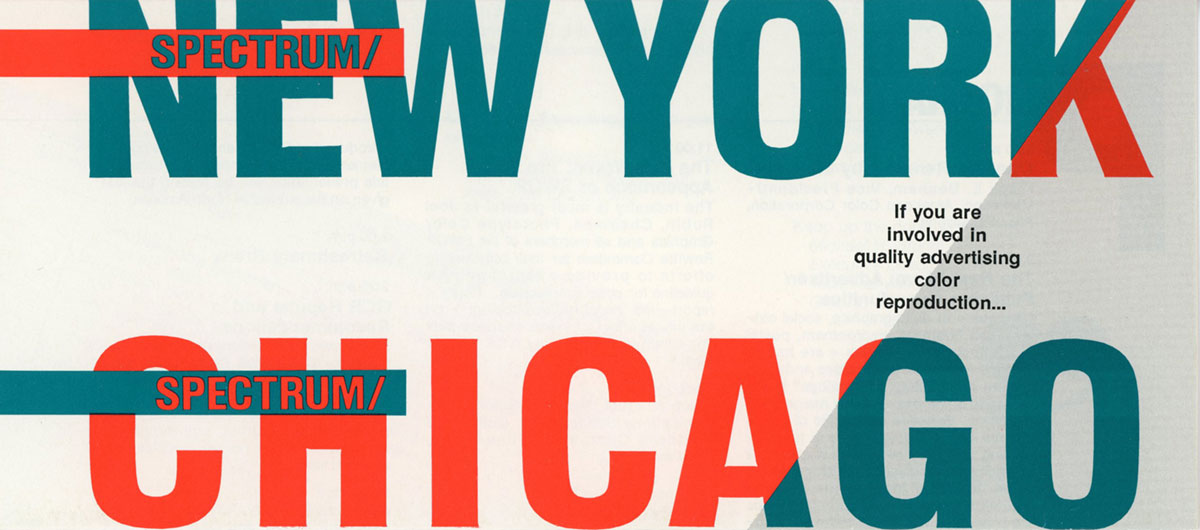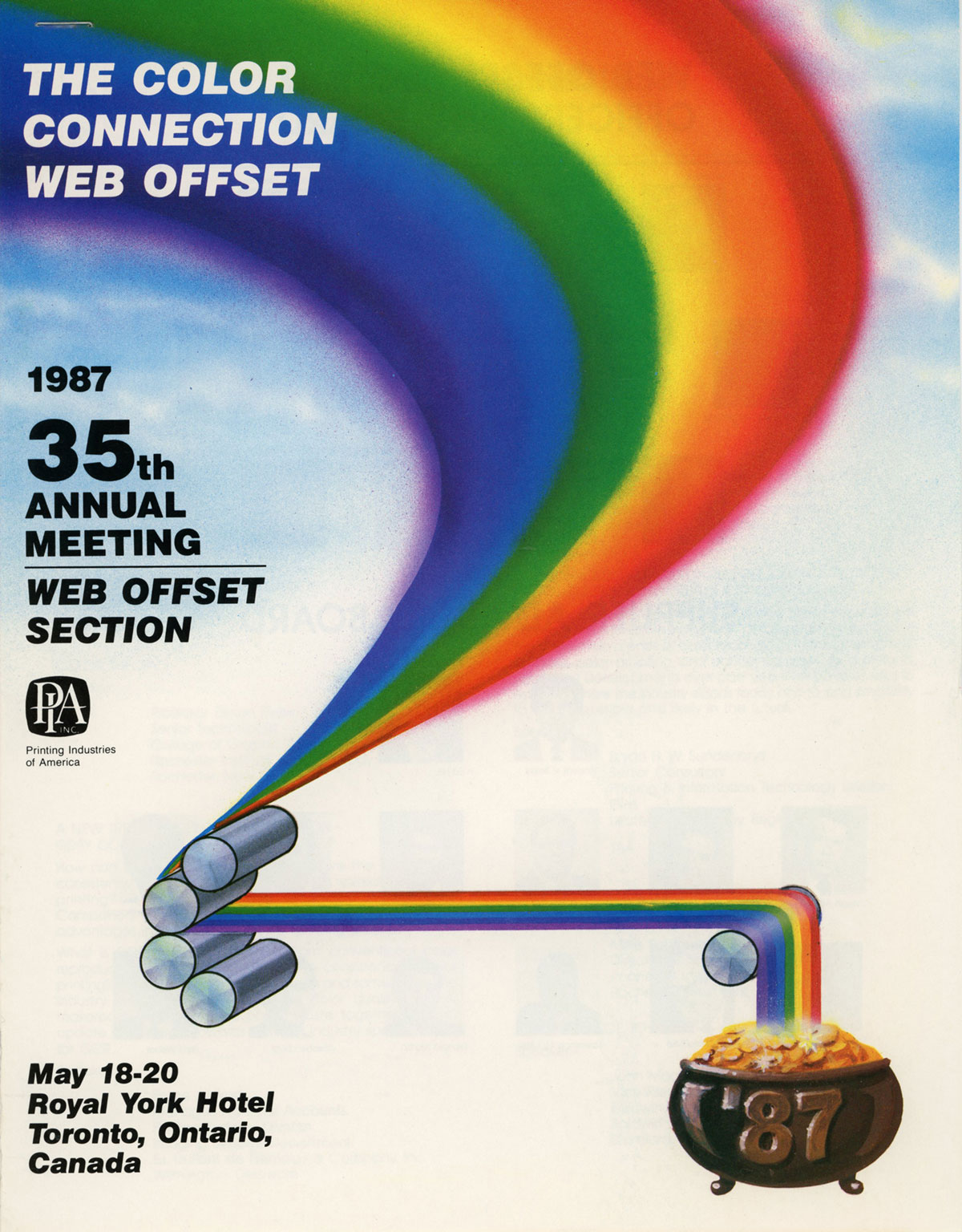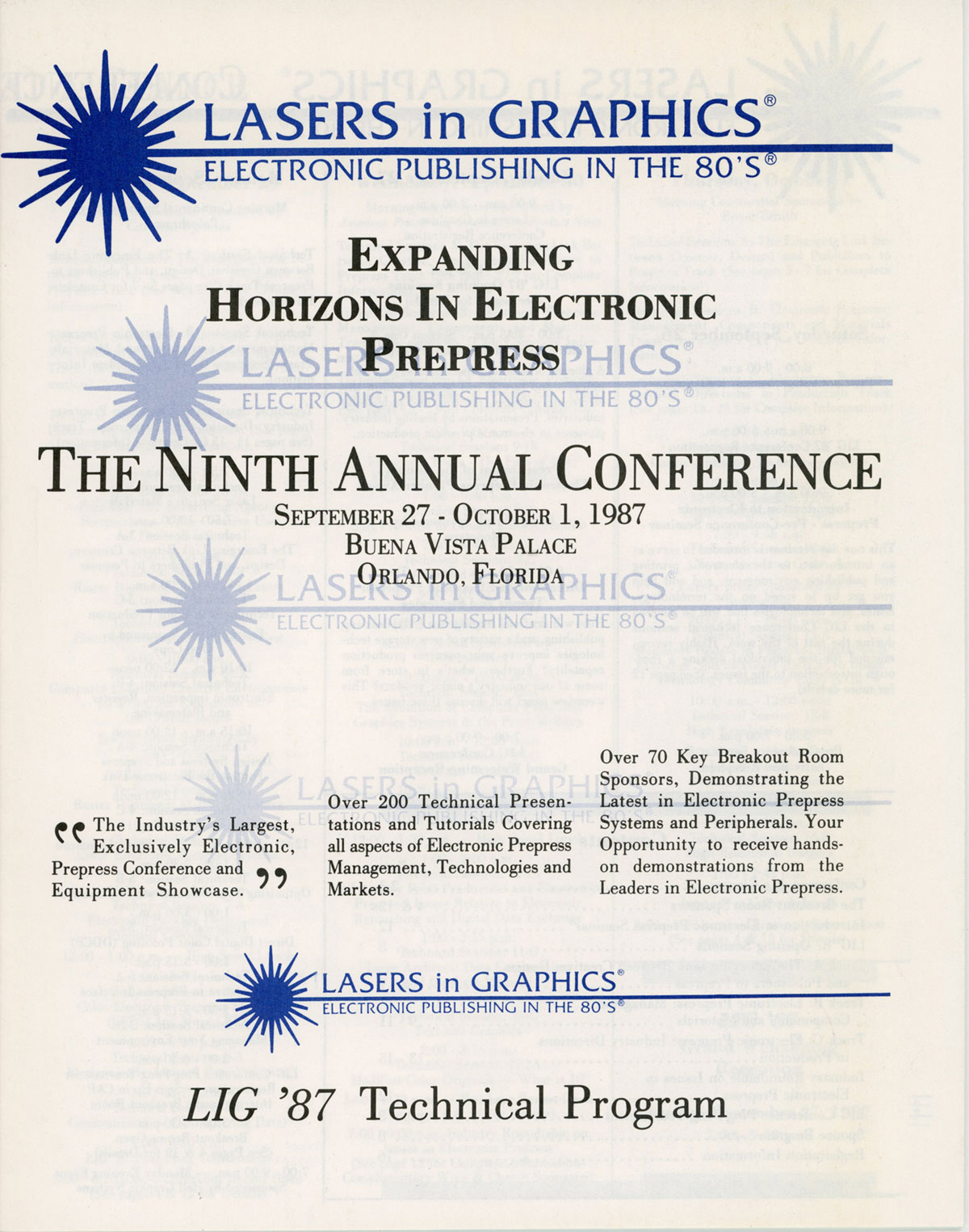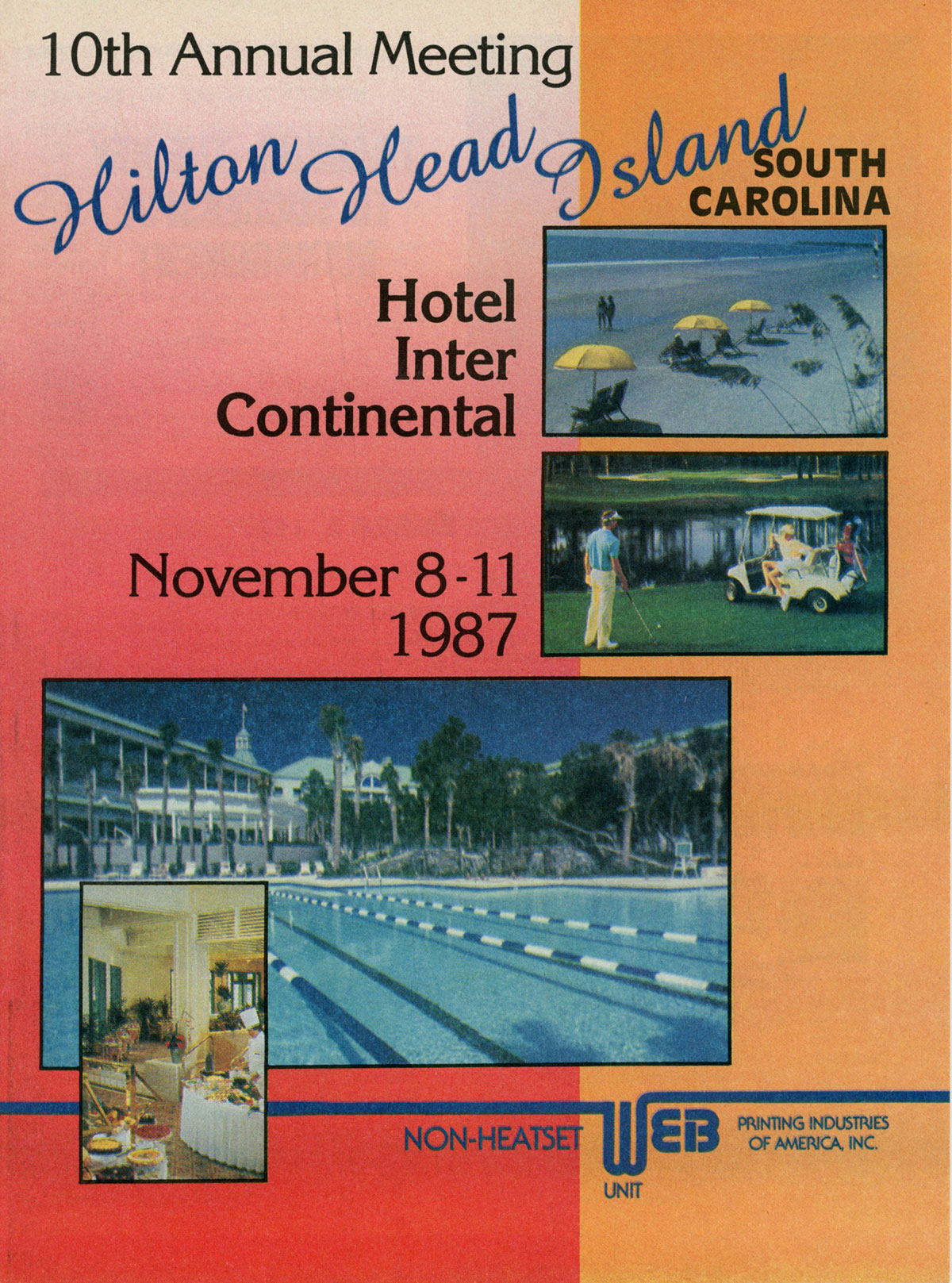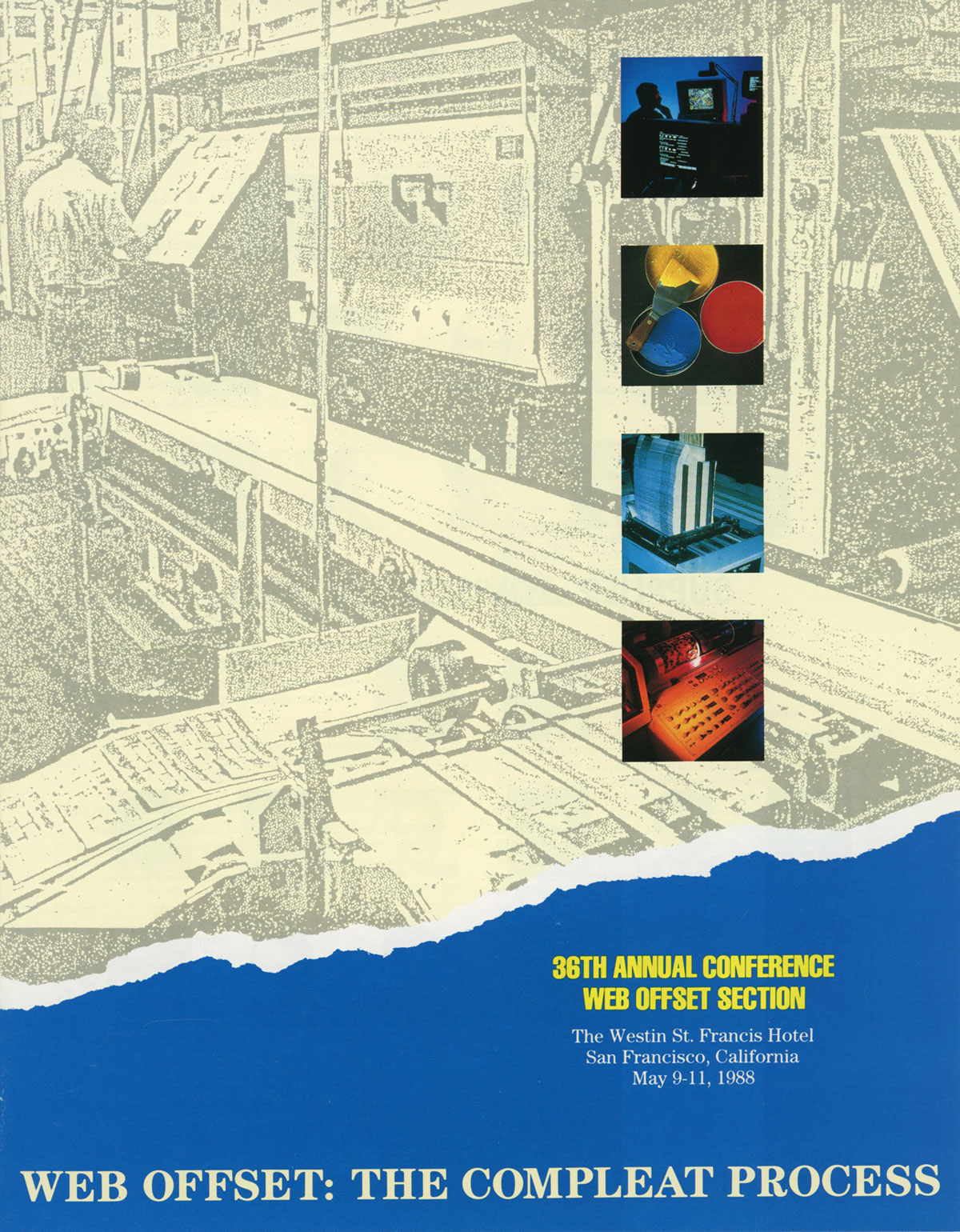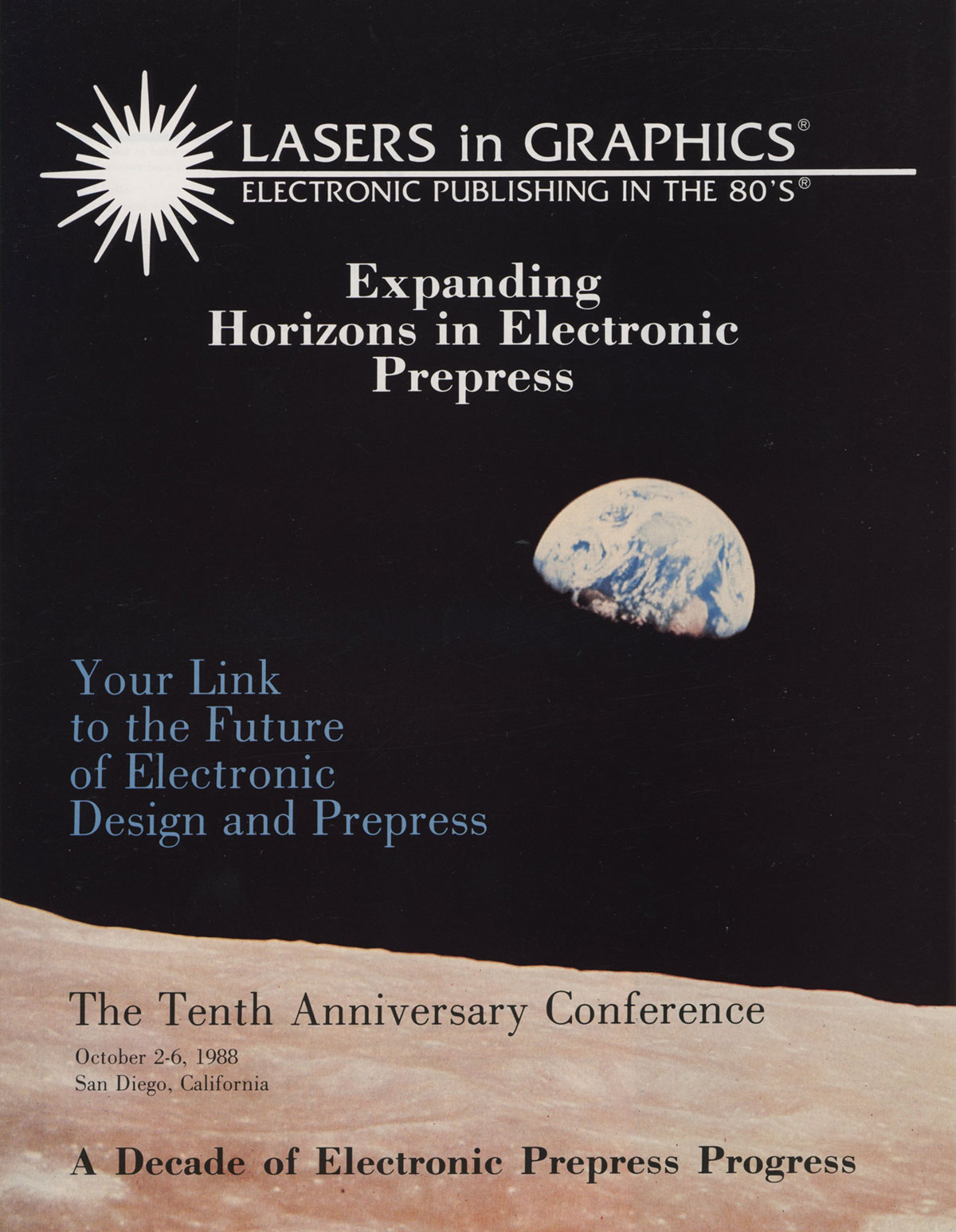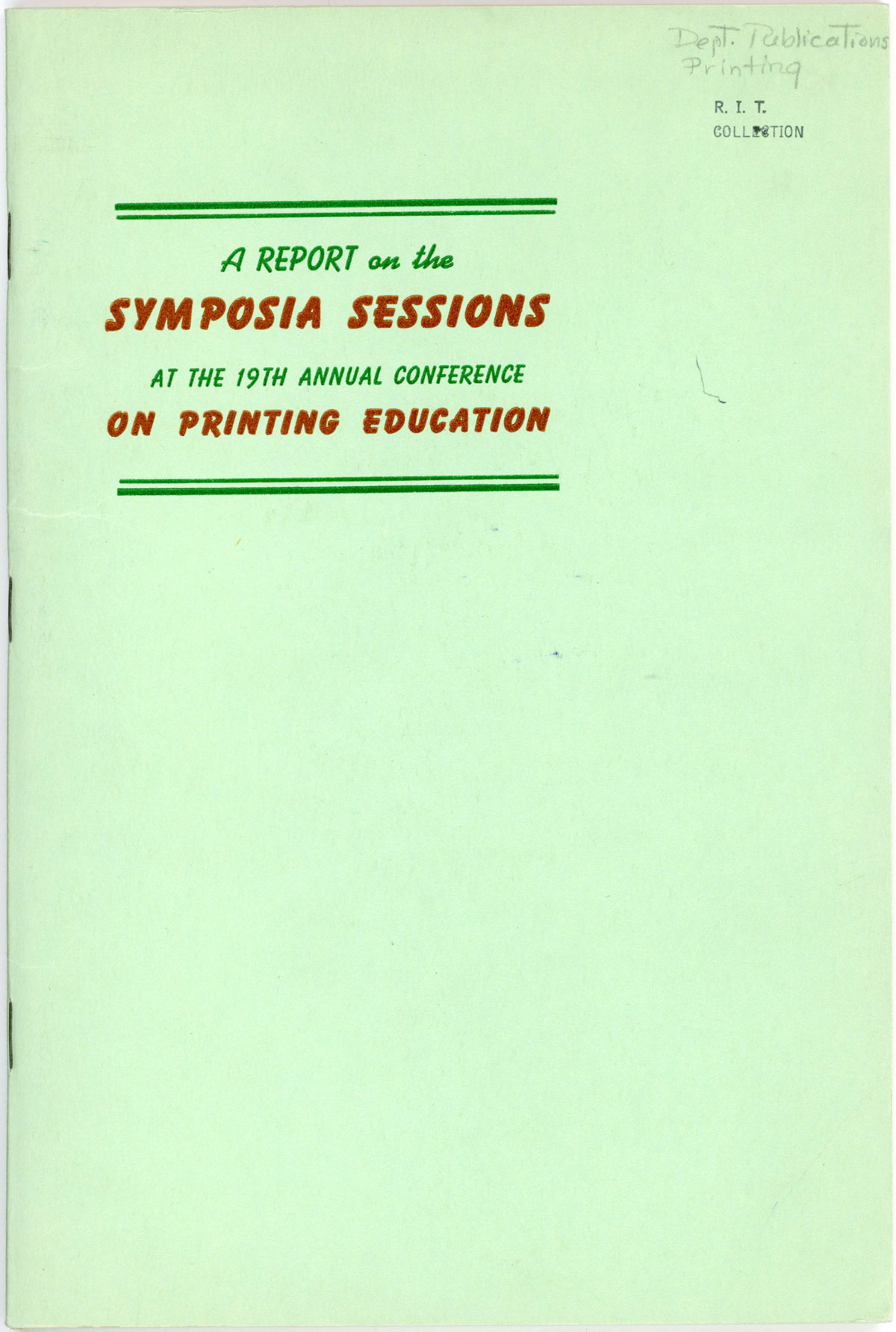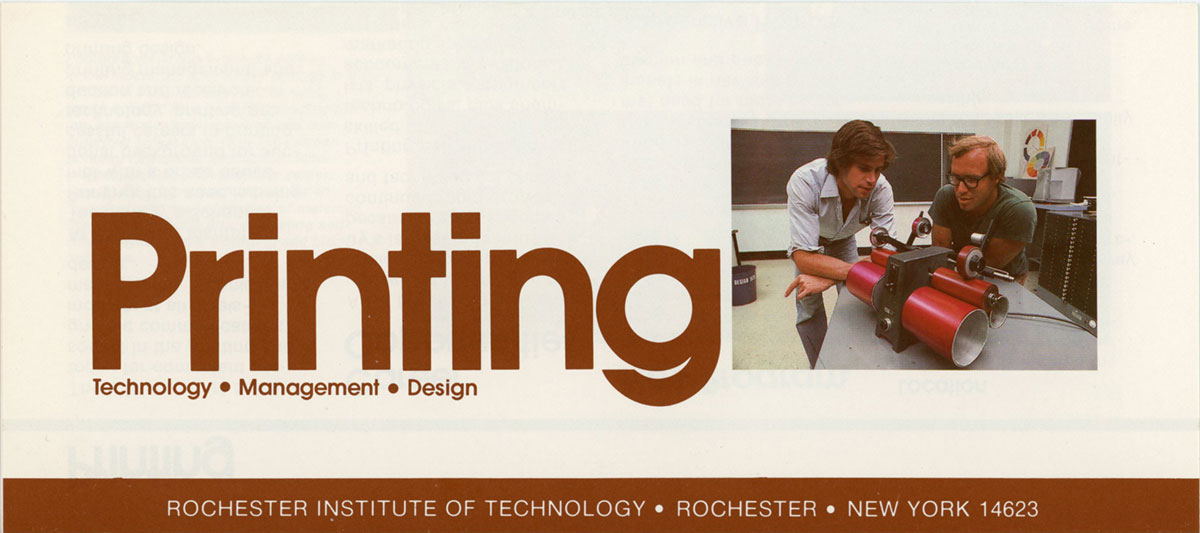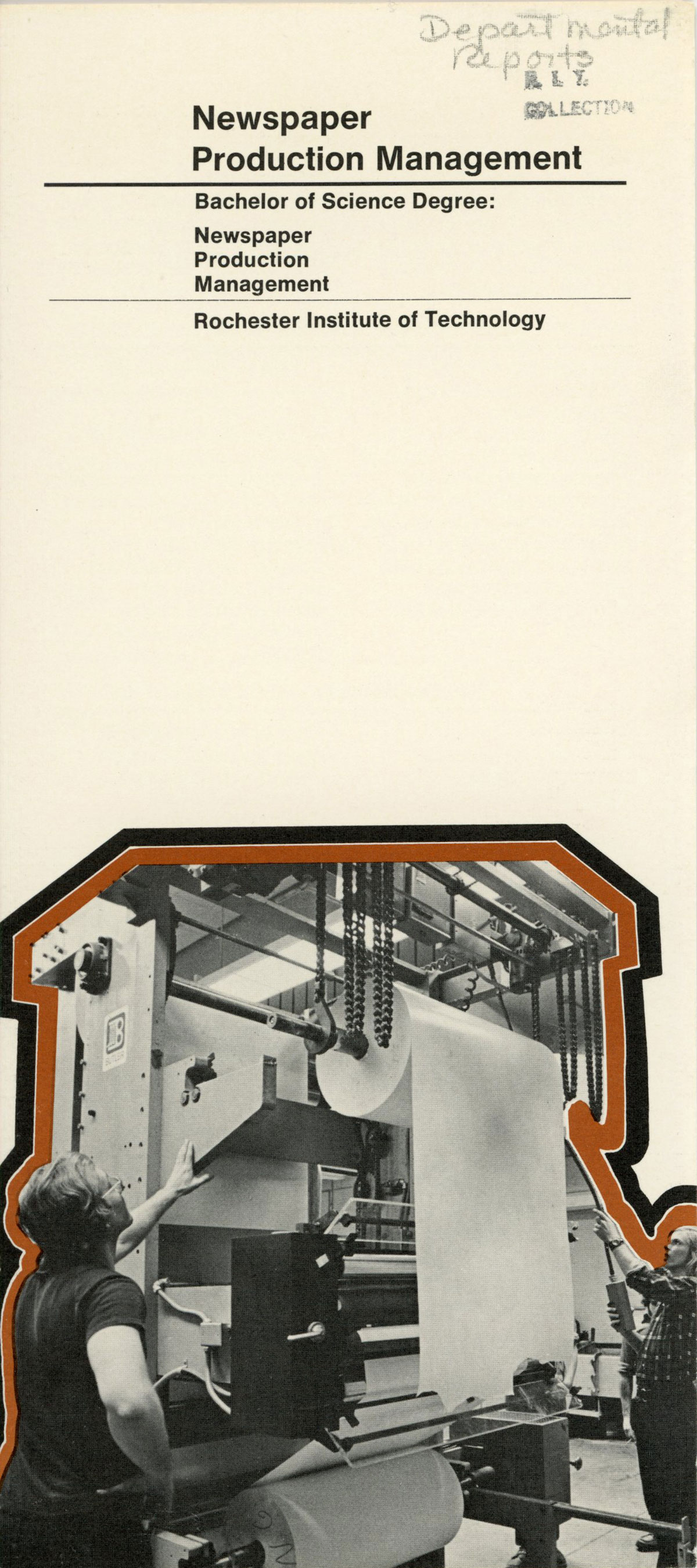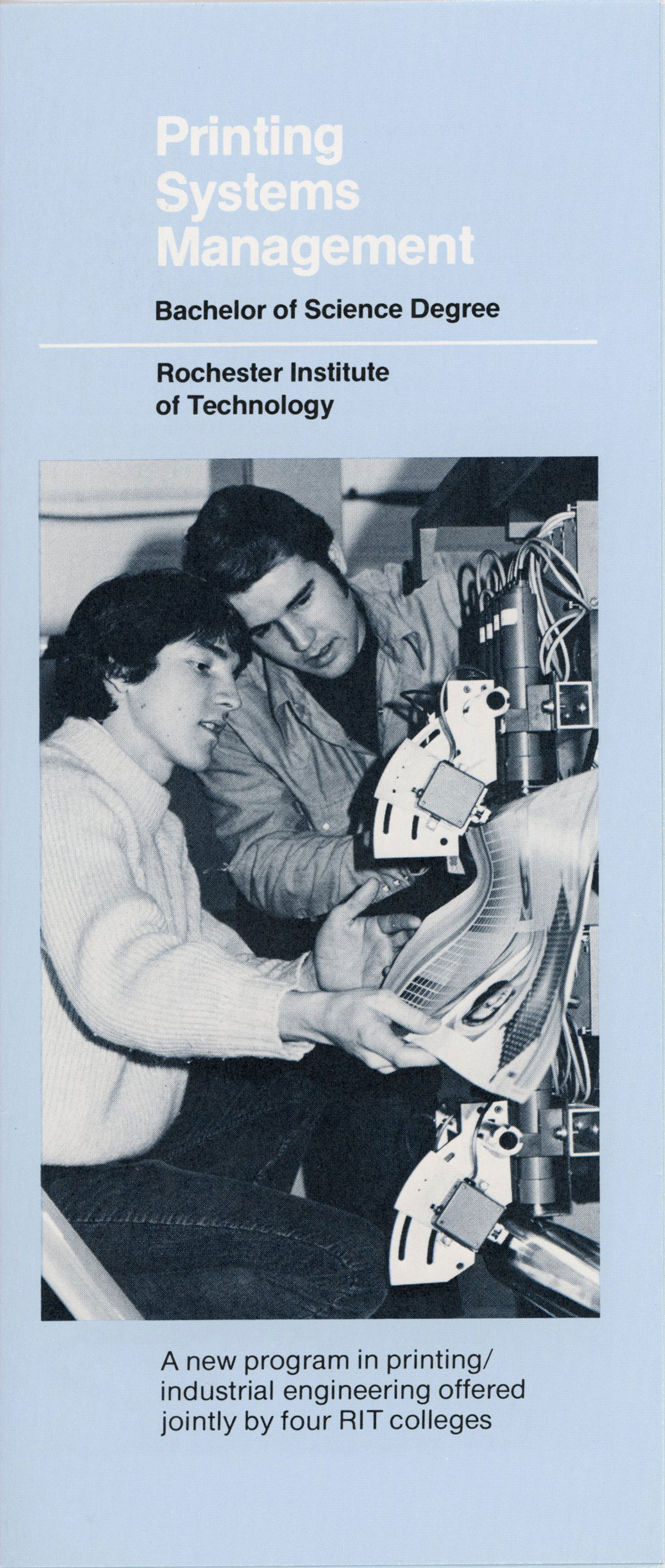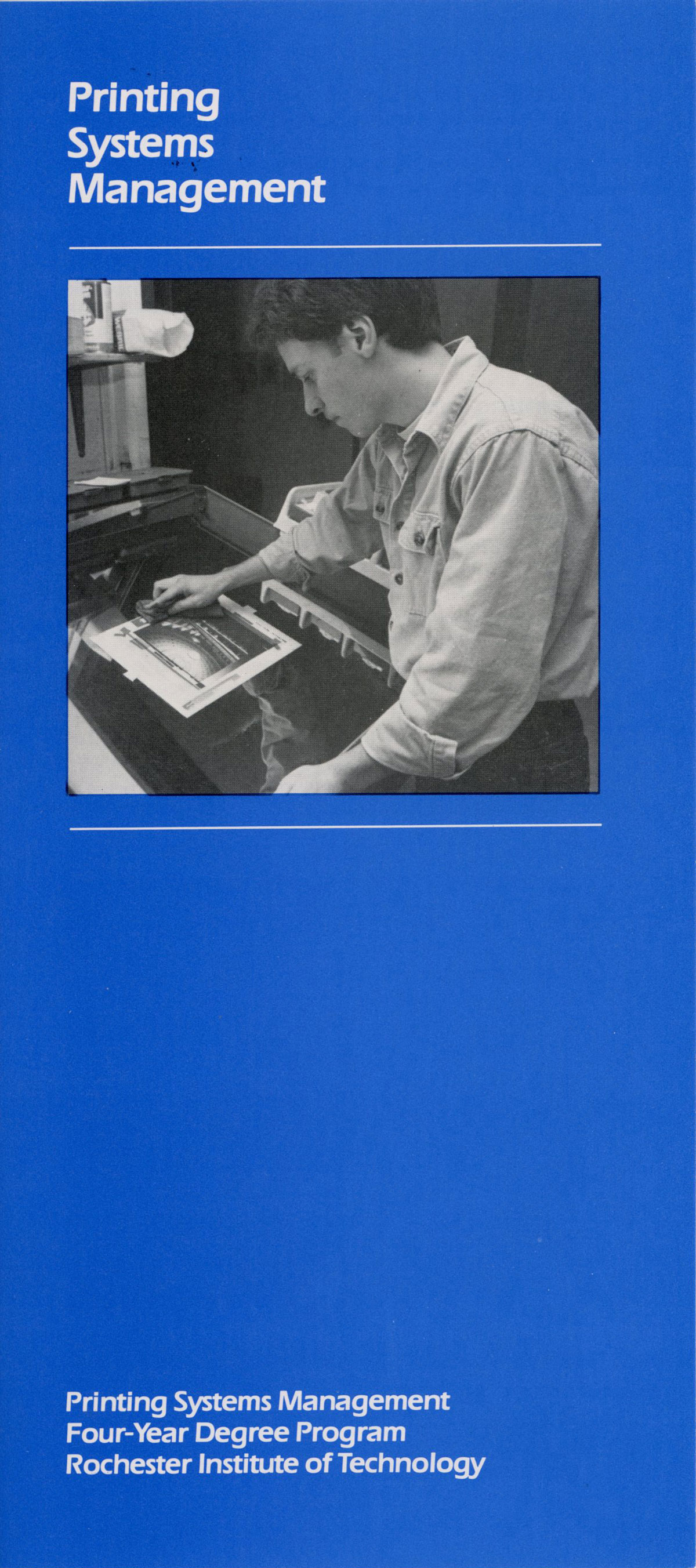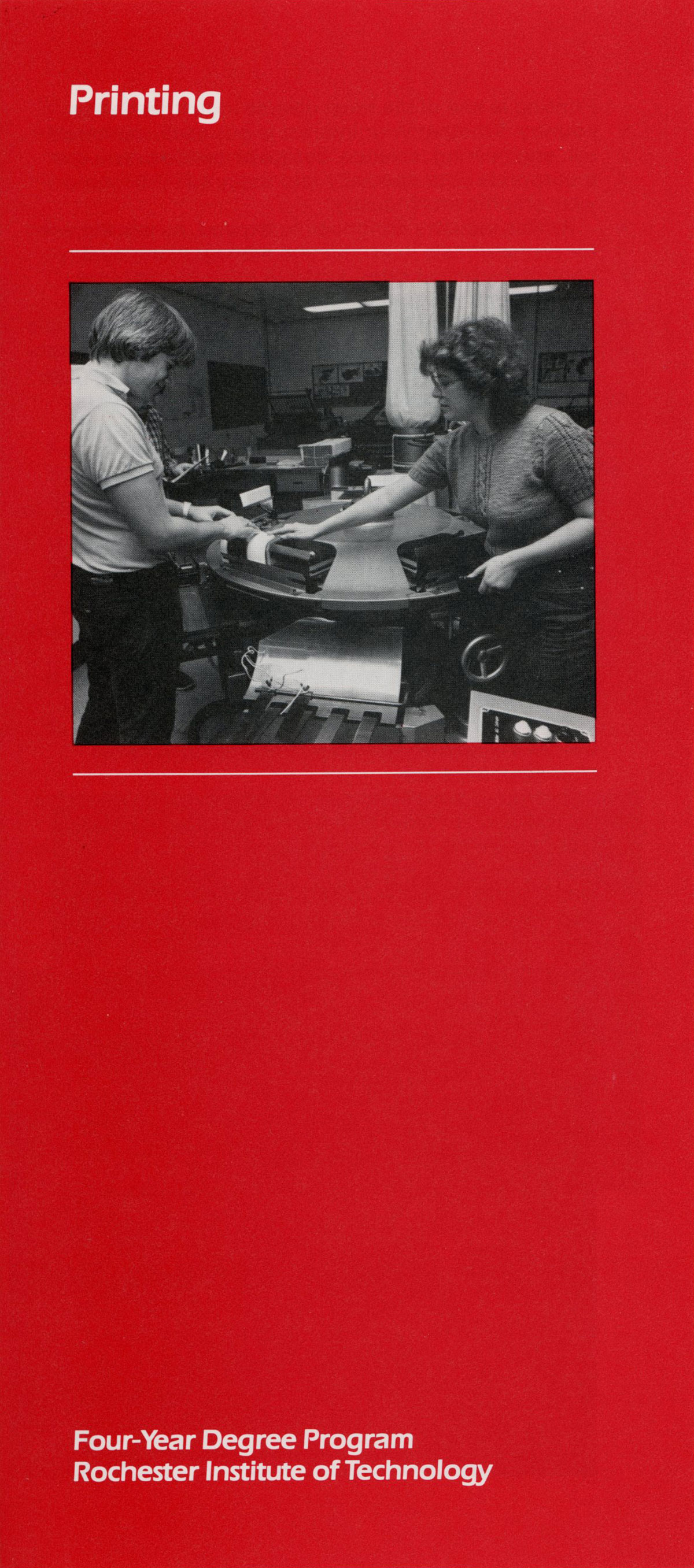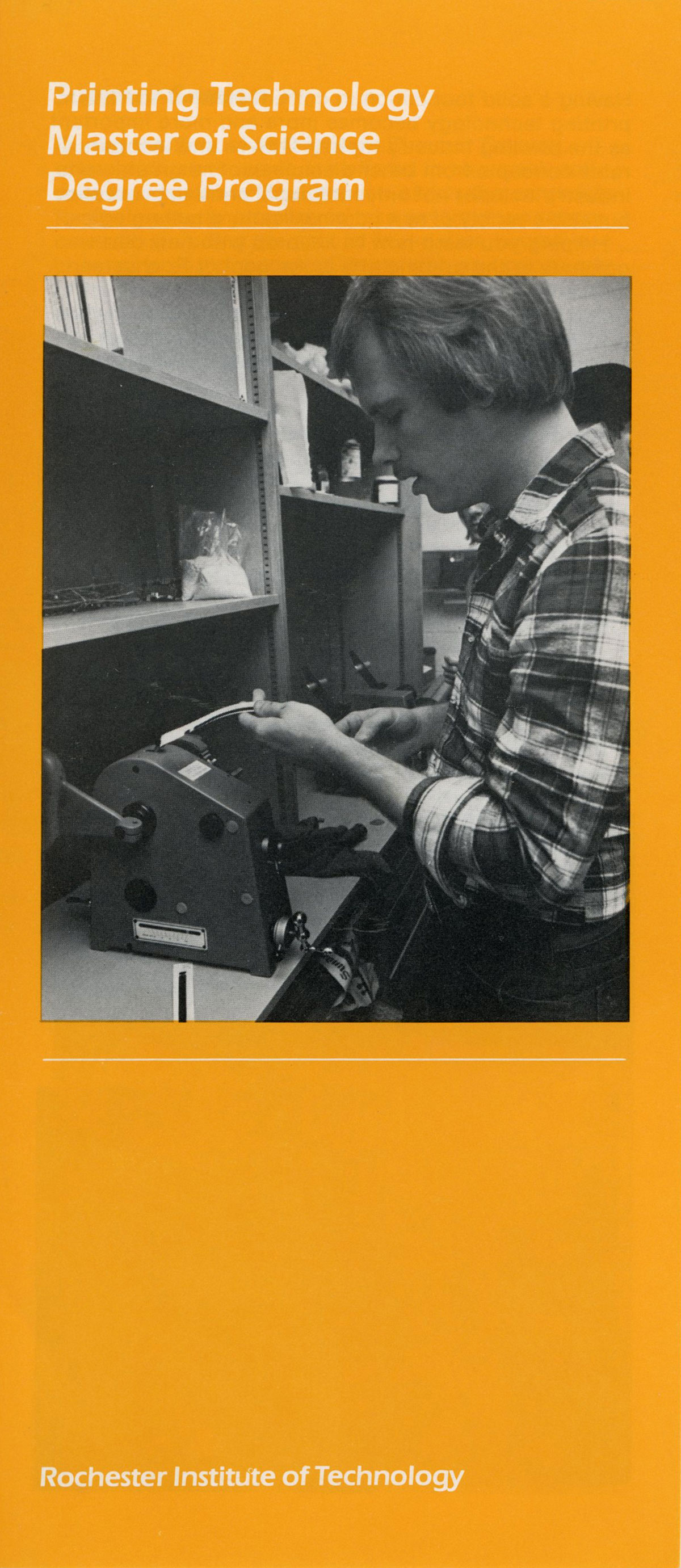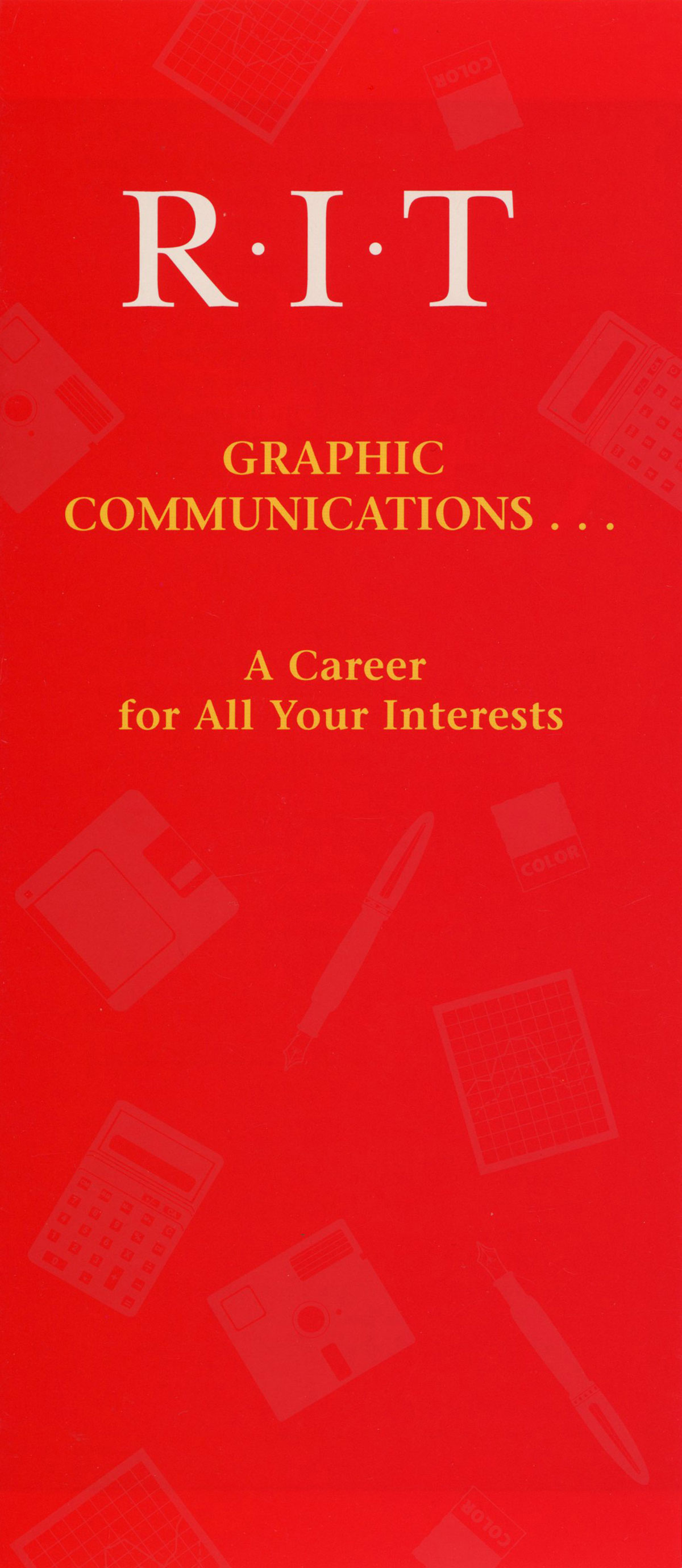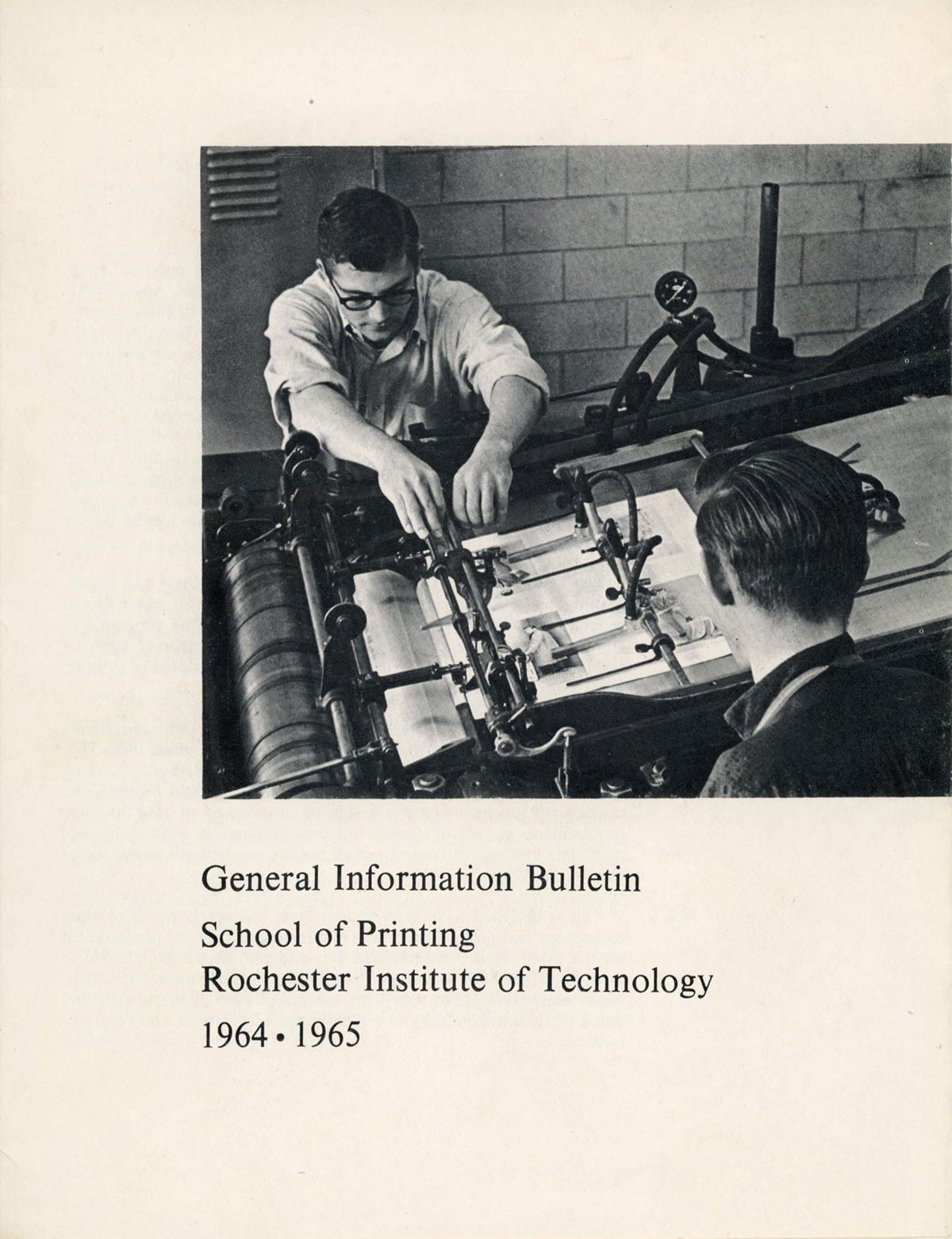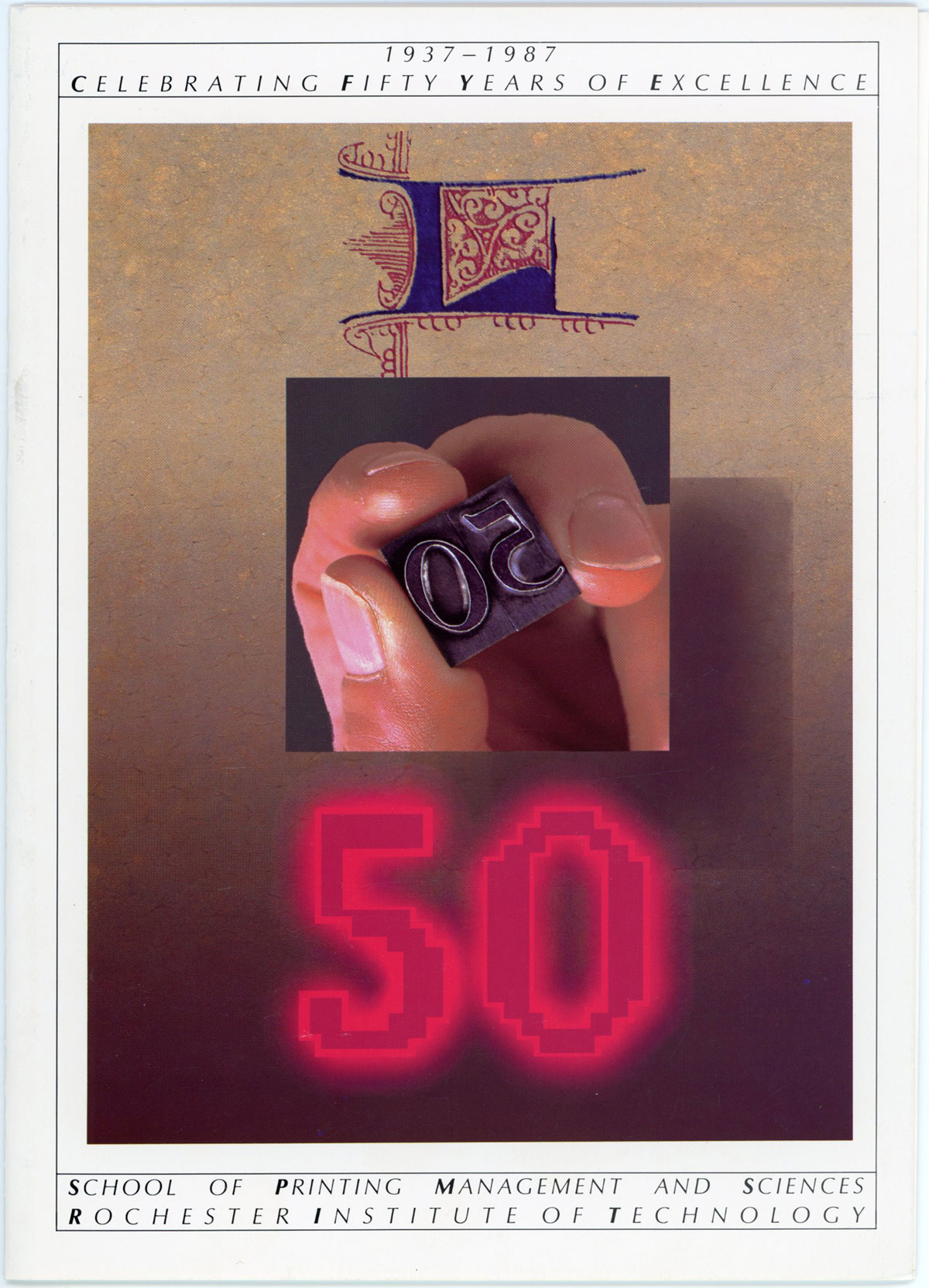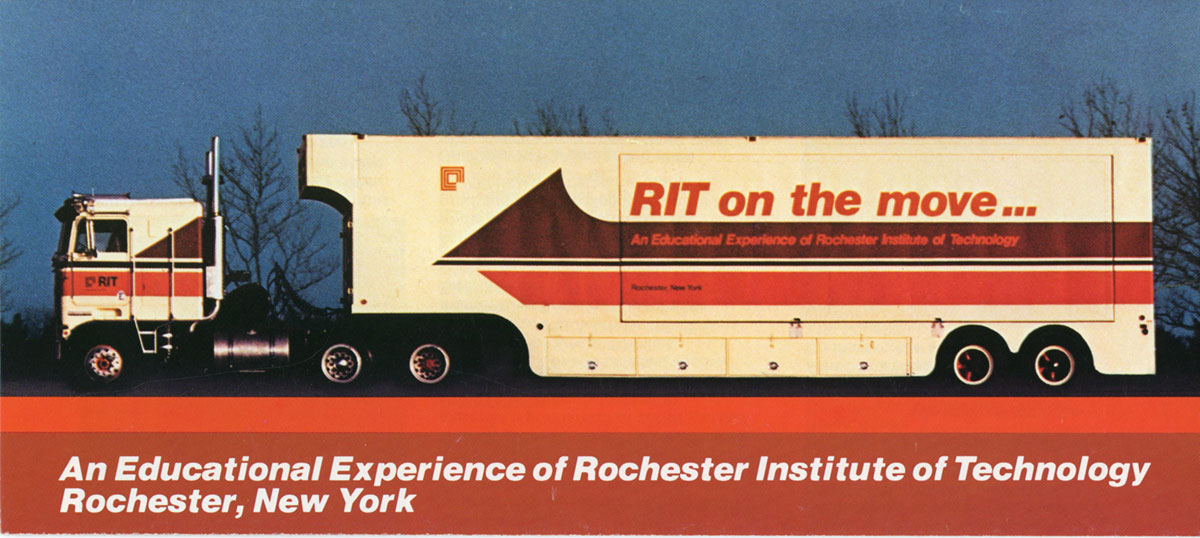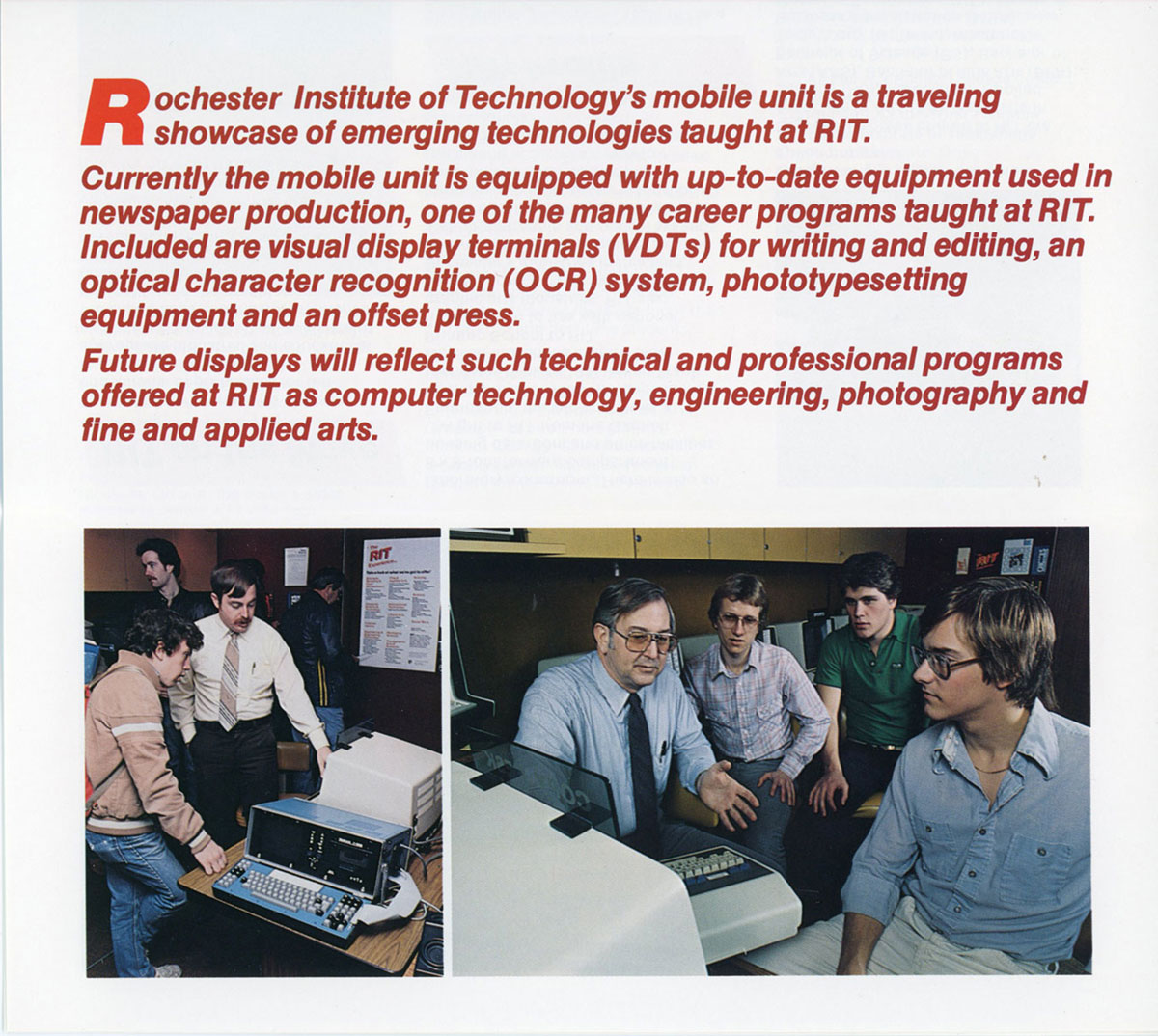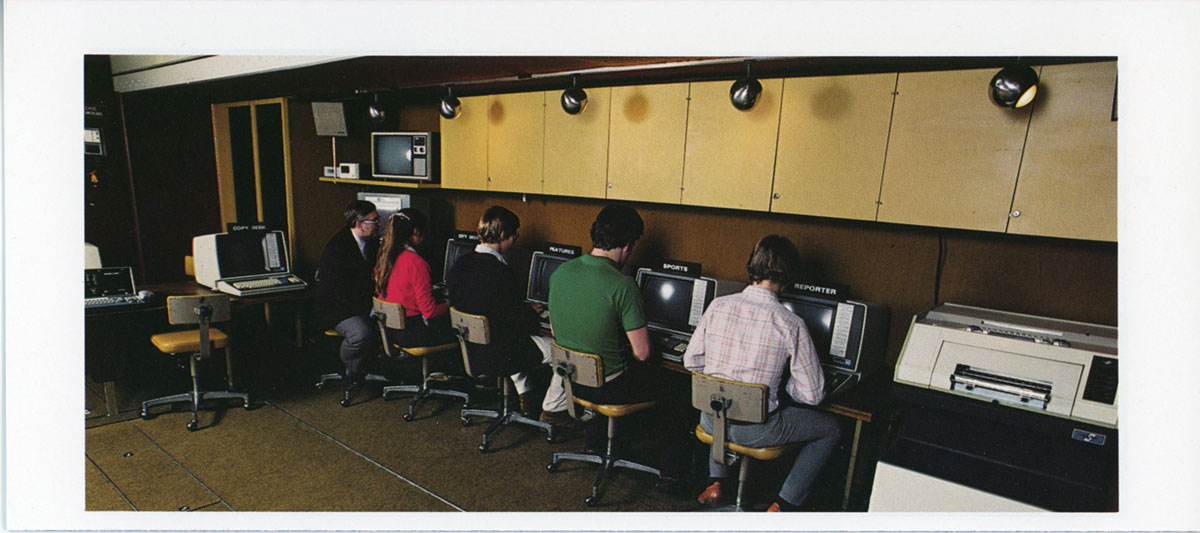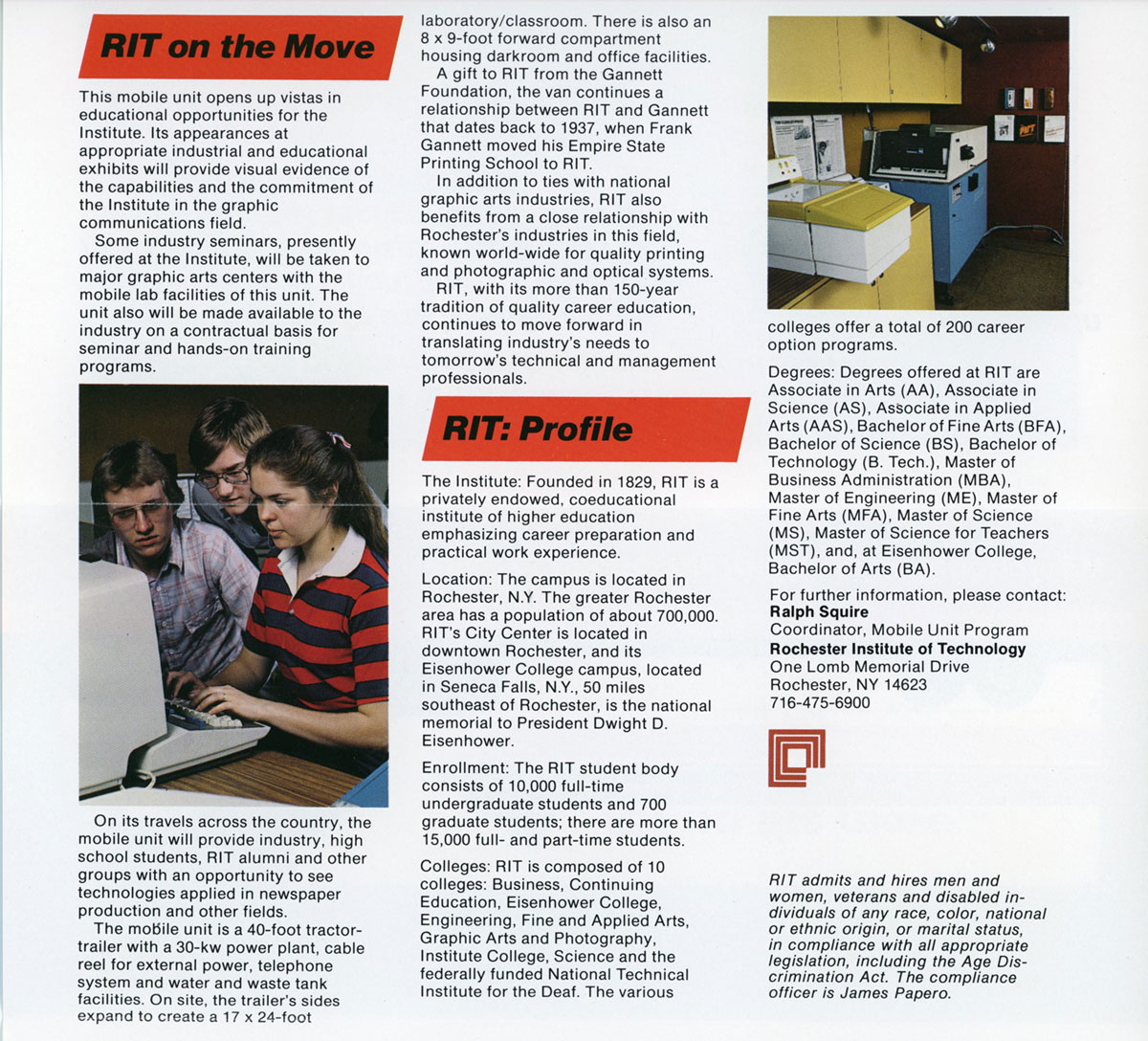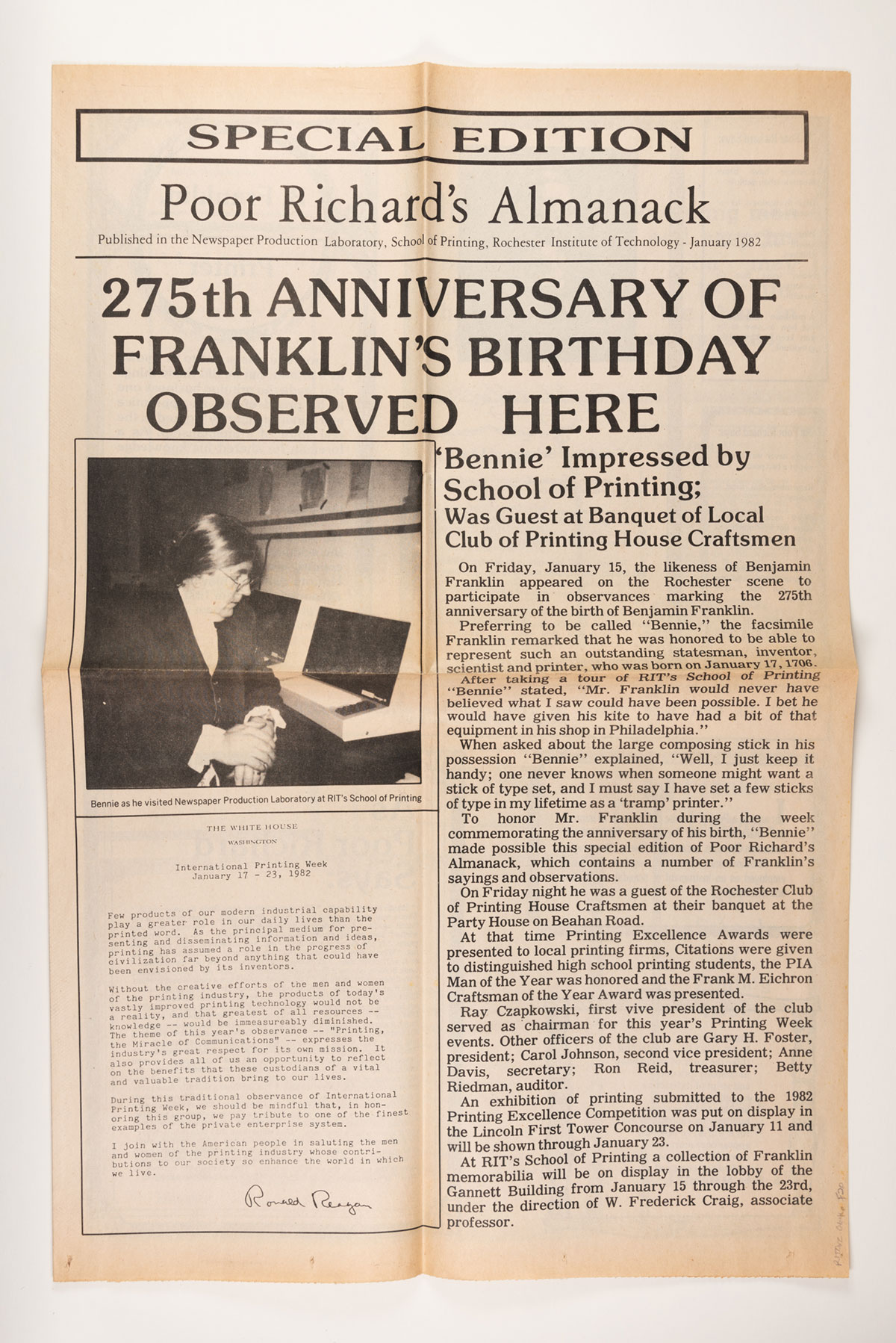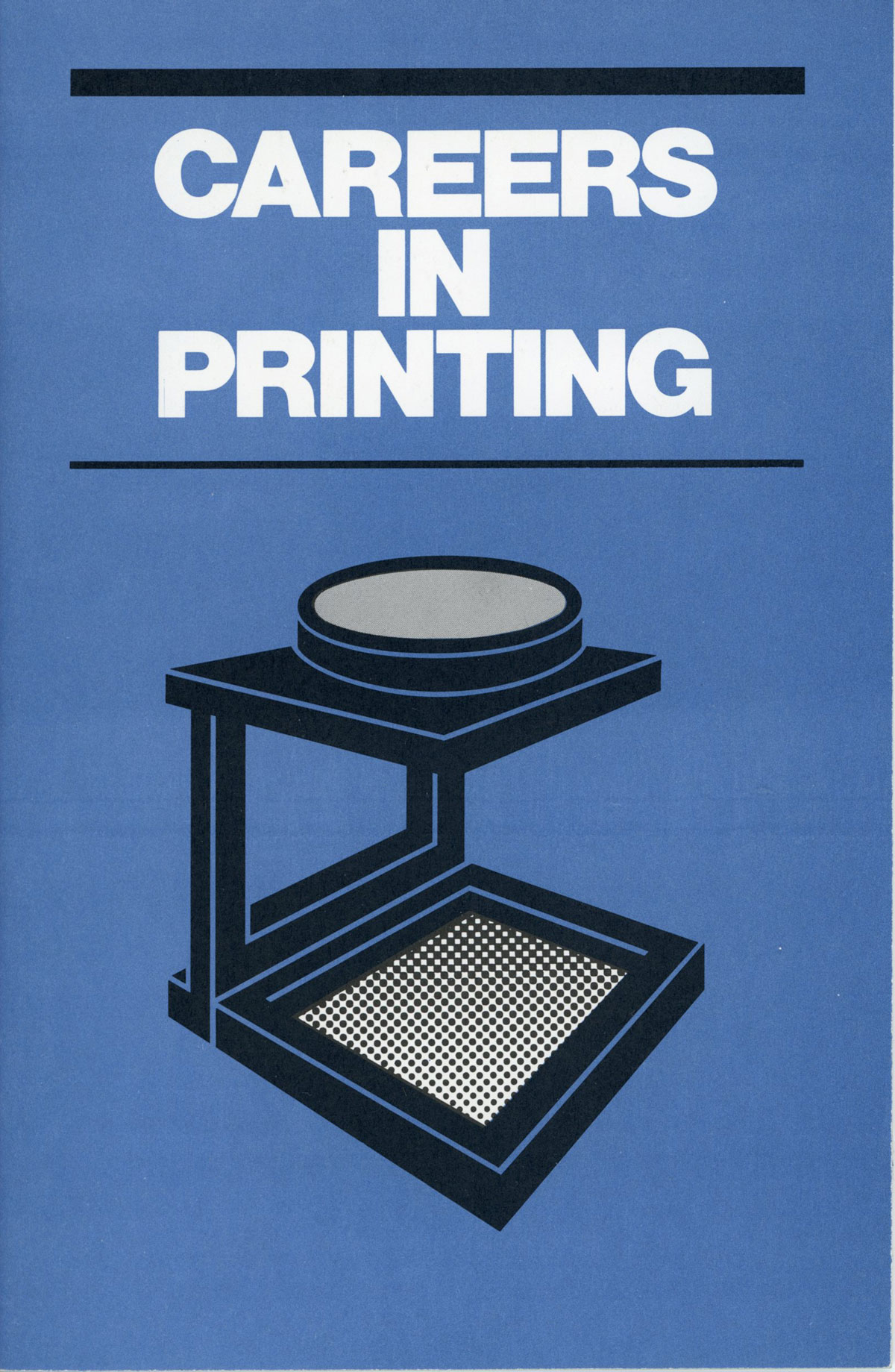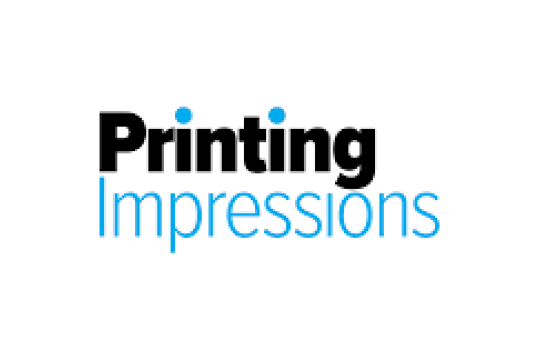GMST 100th Anniversary
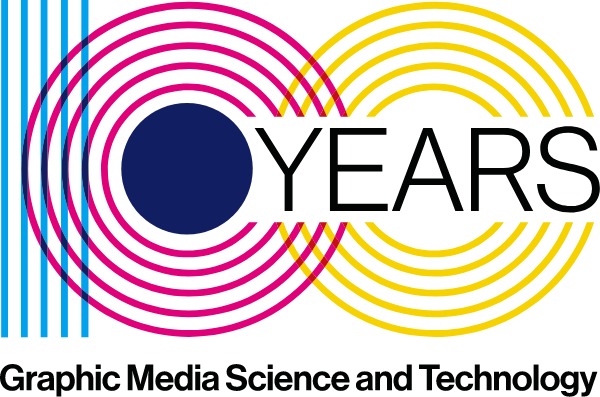
In 1922, the Empire State School of Printing welcomed its first three students into a learning space above a grocery store in Ithaca, New York.
The school was created to provide formal training, previously offered through apprenticeships, to men and women interested in filling the rapidly growing needs of the printing industry. Through the development of strong industry ties, equipment donations, and the guidance and support of leaders in the field; the program has moved physically, evolved technologically, and been renamed multiple times. Known today as the department of Graphic Media Science and Technology, this program continues to prepare its graduates to lead the way to success in the robust marketing communications, publishing, and packaging graphics industries.
Here’s to 100 years!
Our Story
Great things have happened in 100 years! Innovation in technologies, partnerships built, awards won, and leadership positions earned. Learn more about the then and now, where we’ve been, and where we’re going.
Podcast: RIT Refreshes Program with Dr. Bruce Myers, Andrew Oransky, and Bill Pope
Dr. Bruce Myers, Associate Professor Graduate, and Undergraduate Program Director for the Graphic Media programs at RIT, Andrew Oransky, President and CEO of Roland DGA, and Bill Pope, Vice President of Technical Services at PRINTING United Alliance join Deborah Corn on Podcasts from the Printerverse to discuss the recently updated RIT curriculum, and how to best prepare students for successful careers in the printing industry.
Podcast: Education, Innovation, and Service to the Industry with Todd Bigger, Kodak
Todd Bigger, Vice President of Service for Print at Kodak joins Deborah Corn to discuss his strategy for successful customer engagements, building a workforce for the future of print, and how the programs at RIT are critical for educating and developing new talent.
Podcast: The Evolution of Printing
Printing, a storied industry, continues to see an evolution. In this edition of Intersections: The RIT Podcast, RIT alumnus Henry Freedman and Professors Robert Eller and Bruce Myers discuss the strength of the industry, the rise of inkjet printing and the role RIT plays in developing professionals who can take the printing industry to the next level.
Previous Podcasts
